The process of matching the right candidate to the right job is more than just ticking off boxes on a checklist. It’s about creating meaningful connections between employers and talent—a task that becomes increasingly complex as the job market evolves.
In a world of rapidly changing expectations, high volumes of applications, and diverse skill demands, traditional methods of hiring are often no longer sufficient.
Enter technology: a game-changer in how we approach recruitment and job-candidate alignment. From advanced applicant tracking systems to AI-driven tools and APIs, the hiring landscape is undergoing a seismic shift. These innovations aren’t just making the process faster—they’re making it smarter, more accurate, and more inclusive.
In this article, we’ll explore the journey of job-candidate matching, uncovering the challenges, breakthroughs, and tools that are shaping the future of recruitment.
Whether you’re an employer aiming to streamline your hiring process or a candidate seeking your ideal role, understanding this evolution is key to navigating the modern job market. Let’s dive in!
Contents:
- Understanding the Job-Candidate Matching Process
- Common Challenges in Job Matching
- The Role of Technology in Modern Recruitment
- How APIs Improve Job Matching
- AI in APIs: The Next Level of Job Matching
- Recruitment-Driven AI APIs: Revolutionizing Hiring Processes
Conclusion
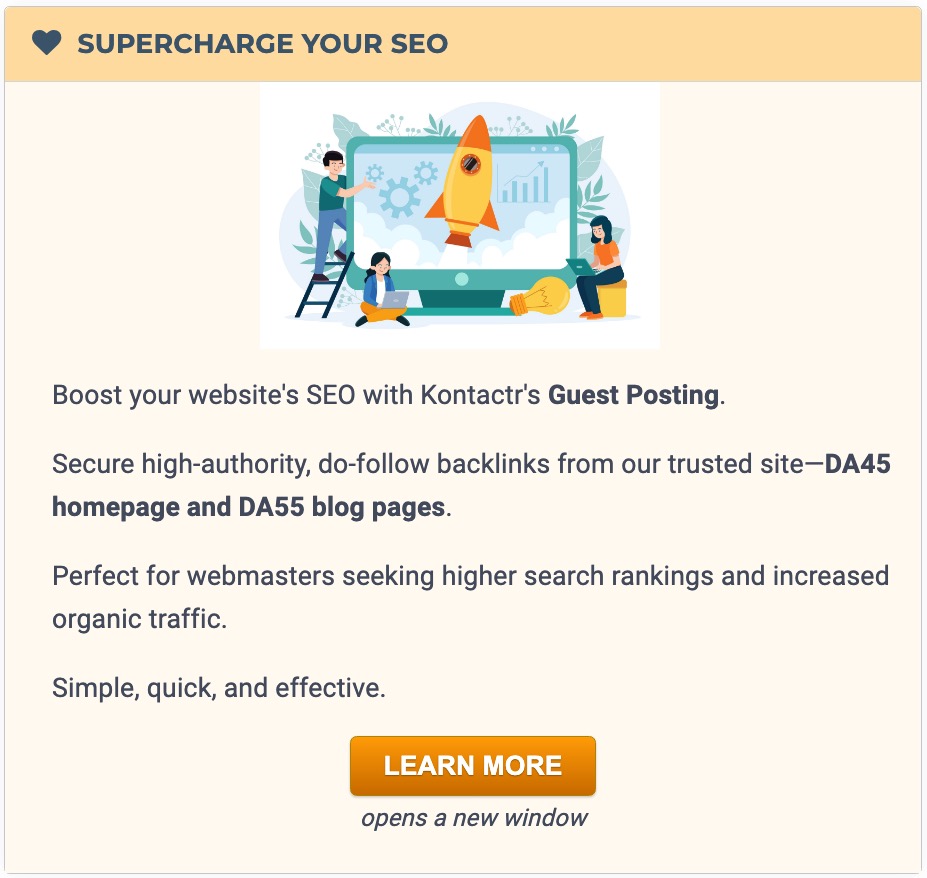
1. Understanding the Job-Candidate Matching Process
From the Employer’s Point of View
For employers, job-candidate matching goes beyond merely filling an open position.
It’s about finding a candidate whose skills, experience, and personality align not only with the job’s requirements but also with the company’s culture. A successful match ensures higher productivity, employee satisfaction, and long-term retention.

Key challenges for employers include:
- Skills Alignment: Employers require candidates with the right mix of technical expertise and soft skills. While technical proficiency is critical for job performance, soft skills like communication, adaptability, and teamwork are equally important for maintaining a cohesive work environment.
- Cultural Fit: Beyond qualifications, companies seek candidates who resonate with their organizational values and ethos. An employee who aligns with the company’s mission and vision is more likely to thrive and contribute meaningfully.
- Time Sensitivity: Vacancies can strain operations, making timely hiring a priority. However, traditional recruitment processes are often too slow, leading to prolonged vacancies and increased workloads for existing teams.
- Volume Overload: The sheer number of applications for each position can overwhelm hiring managers. Manual resume reviews are not only time-consuming but can also result in talent being overlooked due to inconsistencies or biases in the evaluation process.
From the Candidate’s Point of View
For job seekers, job-candidate matching represents a chance to find meaningful and fulfilling employment. It’s not just about landing a job; it’s about finding the right role that aligns with their skills, career aspirations, and personal values.

Key challenges for candidates include:
- Relevance: Candidates often face frustration when applying for roles where their qualifications are either misunderstood or undervalued. This disconnect can leave them feeling disheartened and undervalued.
- Transparency: Job descriptions often fail to convey critical information about company culture, role expectations, and growth opportunities. This lack of clarity can lead to mismatches in expectations during the hiring process.
- Fair Evaluation: Many candidates worry about biases, whether it’s due to employment gaps, educational background, or other perceived shortcomings. This can hinder their chances of being fairly considered for roles they are well-suited for.
- Speed of Response: Lengthy hiring processes can be a deal-breaker. Talented candidates, especially in competitive industries, often accept other offers if they face delays or uncertainty, even if they are a perfect fit for the job.
At its core, job-candidate matching is about aligning the skills, experience, and aspirations of candidates with the specific requirements and culture of employers.
This involves analyzing resumes, understanding job descriptions, and ensuring a mutually beneficial partnership for both parties.
Historically, this process relied on manual reviews, interviews, and gut instinct.
While effective to some extent, these methods are prone to inefficiencies and human error. Today, advancements in technology are transforming the way job-candidate matching is approached, offering precision, speed, and scalability.
While aligning candidate and employer needs is the foundation of successful job-candidate matching, the process is often fraught with challenges. Let’s explore some of the most common obstacles and how they impact both parties.
2. Common Challenges in Job Matching
While technological advancements have streamlined recruitment processes, job-candidate matching still faces persistent challenges. Understanding these pain points can help employers and candidates navigate the process more effectively.
Volume of Applications
For recruiters, the influx of applications can be overwhelming, especially for popular roles. Sifting through hundreds or thousands of resumes manually is time-intensive and increases the risk of overlooking highly qualified candidates.
Automated applicant tracking systems (ATS) can help, but even they have limitations, such as filtering out unconventional resumes that might belong to highly capable individuals.
Skill Gaps

Employers frequently struggle to find candidates with the exact skill sets required for a role. In some cases, there’s a mismatch between the skills candidates possess and the evolving demands of the job market.
This challenge is especially acute in fast-moving industries like technology or healthcare, where specific technical skills may be in short supply.
For candidates, this highlights the importance of upskilling to remain competitive.
Bias in Hiring
Unconscious biases—based on age, gender, ethnicity, or educational background—can inadvertently influence hiring decisions. This not only undermines diversity but also leads to talented candidates being overlooked.
Employers must take proactive steps, such as implementing blind resume screening or leveraging AI tools, to ensure an equitable hiring process.
Misaligned Expectations
Miscommunication between employers and candidates often leads to mismatched expectations. For example, candidates might expect more flexibility or higher compensation than the employer is willing to offer.
Similarly, employers may have unrealistic expectations about candidates’ availability, skills, or willingness to relocate. Transparent job descriptions and open communication during interviews are critical to aligning expectations.
Adapting to Technological Advances
While technology can significantly enhance job matching, its rapid evolution presents challenges.
Employers must continuously update their systems and processes to leverage new tools effectively, while candidates must familiarize themselves with these technologies to avoid being filtered out unfairly.
3. The Role of Technology in Modern Recruitment
Technology has revolutionized the recruitment landscape, enabling employers to manage vast pools of candidates with precision and efficiency.
Traditional hiring methods—characterized by manual screenings and subjective judgments—are giving way to sophisticated tools that leverage data, automation, and machine learning. This shift not only streamlines the process but also reduces human bias and increases the likelihood of finding the perfect fit.
Key Technological Advancements in Recruitment
Technology’s influence in recruitment is vast, encompassing tools and systems designed to address every stage of the hiring process.
Here are some of the most impactful advancements:
Automated Resume Parsing

Resume parsing tools extract, from all document formats, key details like
- work experience
- education
- and skills from resumes
organizing this information into structured formats for recruiters. This eliminates the tedious task of manually reviewing each application.
- Benefits for Employers: Reduces time spent on initial screenings, allowing recruiters to focus on top-tier candidates.
- Benefits for Candidates: Ensures that important details are highlighted, even in lengthy resumes.
These tools also allow filtering based on specific job requirements, ensuring that only the most relevant candidates are flagged for consideration.
AI-Powered Candidate Matching
Artificial intelligence has brought unprecedented efficiency to job matching. By analyzing large datasets, AI tools can identify patterns and correlations that human recruiters might miss.
- How It Works: AI-driven systems analyze job descriptions, resumes, and even candidate behaviors to predict compatibility.
- Practical Example: A candidate’s history of roles in project management might be matched with openings requiring leadership, multitasking, and communication skills.
Moreover, AI reduces the risk of bias by evaluating candidates based purely on data, not subjective judgments.
Predictive Analytics for Decision-Making
Predictive analytics leverages historical data to forecast a candidate’s potential success in a role.
- For Employers: Metrics such as tenure at previous jobs, career progression, and performance reviews are analyzed to predict long-term retention and effectiveness.
- For Candidates: Helps them understand which roles align best with their skills and career trajectory.
For instance, companies can predict which candidates are likely to thrive in fast-paced environments versus those who excel in structured settings.
Video Interviewing Platforms with AI Analysis

These platforms go beyond facilitating remote interviews. AI algorithms can analyze speech patterns, tone, and body language to assess a candidate’s communication skills, confidence, and cultural fit.
- Enhanced Feedback: Employers receive detailed insights into candidate strengths and weaknesses.
- Convenience: Candidates can schedule interviews at their convenience, improving the overall experience.
Skill Assessment Tools
Online platforms offering tailored skill tests allow recruiters to assess candidates’ capabilities before interviews.
- For Employers: Immediate validation of technical skills like coding, data analysis, or writing proficiency.
- For Candidates: Demonstrates expertise early in the process, increasing their chances of moving forward.
These tools eliminate the reliance on self-reported skills in resumes, providing tangible proof of competence.
Challenges of Integrating Technology in Recruitment
Despite its advantages, technology is not without limitations.
Over-Reliance on automation can become an issue. Purely algorithm-driven decisions risk missing candidates with unconventional career paths or soft skills.
Implementation costs is another one, in many cases. Smaller businesses may find advanced tools expensive to adopt.
Also, companies often need to be reassured concerning data privacy. Handling sensitive candidate information requires robust security measures to prevent breaches.
Future Trends in Recruitment Technology
As technology continues to evolve, the recruitment industry will see increased personalization. AI tools that tailor job recommendations based on nuanced candidate profiles.
Integration with social media is revolutionizing recruitment too. Advanced tools now help identify talent through platforms like LinkedIn, X, and niche networks.
Blockchain technology adds another layer of transparency, offering secure systems to verify candidate credentials and ensure accurate employment histories.
These trends will further refine the job-candidate matching process, fostering a fairer and more efficient recruitment landscape.
The role of technology in recruitment is transformative, offering solutions to age-old challenges while introducing new efficiencies and opportunities. As companies continue to innovate, the gap between employer needs and candidate aspirations narrows, paving the way for more meaningful professional connections.
4. How APIs Improve Job Matching
In the realm of modern recruitment, Application Programming Interfaces (APIs) have emerged as vital tools for enhancing job-candidate matching.
APIs act as intermediaries that allow different software applications to communicate seamlessly. By integrating APIs into recruitment workflows, companies can streamline processes, improve accuracy, and provide better user experiences for both employers and candidates.
APIs play a transformative role in job-candidate matching by enabling seamless data integration, enhancing communication, and automating complex tasks.
They bridge gaps between systems, making it easier for recruiters to find the right candidates while offering job seekers a more tailored experience.
Here are some key ways APIs contribute to improving job matching.
Seamless Integration of Data

One of the most significant challenges in recruitment is managing and analyzing data from various sources, such as job boards, applicant tracking systems (ATS), and company career pages.
APIs facilitate the flow of data between these platforms, creating a unified view of candidates and job openings.
This integration allows recruiters to access comprehensive profiles, reducing the time spent on manual data entry and minimizing errors.
For example, APIs can pull data from LinkedIn profiles or job boards directly into an ATS, ensuring that recruiters have real-time access to updated information.
Enhanced Candidate Screening
APIs can integrate advanced tools such as AI-driven resume parsers and matching algorithms directly into recruitment systems.
These tools analyze resumes, extracting critical information about skills, experience, and education to match candidates with job descriptions.
For instance, APIs can incorporate Natural Language Processing (NLP) algorithms to understand nuanced skills mentioned in resumes, such as specific software proficiency or niche industry experience.
This improves the accuracy of candidate screening and ensures that only the most relevant profiles are shortlisted.
Real-Time Job Recommendations
For job seekers, APIs enhance the application experience by providing real-time job recommendations.
Through machine learning models, APIs analyze a candidate's profile, including past job applications and stated preferences, to suggest roles that align with their skills and interests.
Job platforms like Indeed and Glassdoor often use APIs to deliver personalized job recommendations, creating a more engaging user experience.
These real-time suggestions help candidates discover roles they might have overlooked, increasing their chances of finding a good fit.
Automated Communication
APIs also streamline communication between recruiters and candidates by automating routine interactions.
For example, APIs can integrate with email or SMS platforms to send automated updates about application status, interview schedules, or feedback.
This reduces the administrative burden on recruiters and ensures that candidates remain informed throughout the hiring process.
Additionally, APIs can support chatbots that provide instant responses to candidate queries, enhancing engagement and satisfaction.
Data-Driven Insights

By connecting recruitment systems to analytics tools, APIs enable organizations to track and analyze hiring metrics effectively.
Recruiters can measure the performance of their job postings, identify bottlenecks in the hiring process, and assess the effectiveness of various recruitment channels.
For example, APIs can integrate Google Analytics into a company's career page to monitor visitor behavior and optimize the user experience.
This data-driven approach helps recruiters make informed decisions, improving the overall efficiency of the job matching process.
Improved Candidate Experience
For candidates, APIs enhance the application journey by offering intuitive and streamlined interfaces.
Features such as autofill for job applications, real-time progress tracking, and personalized recommendations are powered by APIs.
These improvements not only make the application process more convenient but also reduce frustration, encouraging candidates to complete their submissions.
A positive experience reflects well on the employer brand, attracting more qualified talent in the long run.
APIs are revolutionizing the recruitment landscape by addressing the challenges of traditional job matching.
From integrating data and automating processes to delivering personalized experiences, APIs empower both recruiters and candidates.
As organizations continue to adopt API-driven solutions, the future of job matching looks increasingly efficient, accurate, and candidate-friendly.
5. AI in APIs: The Next Level of Job Matching
The integration of Artificial Intelligence (AI) into APIs is reshaping the recruitment landscape, elevating job-candidate matching to unprecedented levels of efficiency and precision.
This synergy enables recruitment platforms to not only process data but to derive actionable insights that transform decision-making.
With AI-powered APIs, recruiters can now
- automate complex tasks
- predict outcomes
- and deliver deeply personalized experiences to both candidates and employers
AI-driven APIs go beyond extracting basic information.
They interpret data contextually, learning from patterns and improving over time. This evolution has profound implications for how resumes are analyzed, candidates are assessed, and hiring decisions are made.
AI-enhanced resume parsing is one of the standout innovations in recruitment technology. Instead of merely extracting keywords or phrases, these APIs analyze the broader context of a candidate’s qualifications.

For example, they can recognize that someone skilled in Python is also likely to have experience with data analysis or automation tools, even if those keywords are not explicitly listed. This deeper analysis provides recruiters with a more accurate understanding of a candidate’s capabilities.
The ability to predict candidate success is another significant advancement made possible by AI-powered APIs.
By examining historical hiring data, the attributes of successful employees, and the specifics of current job openings, these systems can forecast which candidates are likely to excel.
A candidate applying for a sales position might be evaluated not only on their previous sales numbers but also on traits like persistence and communication style, as inferred from their application data. These insights empower recruiters to focus their efforts on individuals with the highest potential.
Beyond matching candidates to jobs, AI APIs also excel in optimizing job descriptions.
They analyze how postings perform across various platforms, suggesting modifications to improve their appeal and attract more relevant candidates.
For instance, an API might recommend rephrasing overly technical jargon or adding industry-specific keywords to make the listing resonate with the intended audience. This ensures that job postings are not only visible but also compelling to top-tier talent.
AI in APIs also plays a pivotal role in reducing biases in recruitment.
By relying on objective data and algorithms, these systems help mitigate unconscious biases that can arise in traditional hiring processes. Candidates are evaluated based on their skills, experiences, and compatibility with the job, rather than subjective factors that might inadvertently sway decisions.
This leads to more equitable hiring practices and opens opportunities for diverse talent.
The integration of AI within APIs is not just a technological upgrade—it is a fundamental shift in how recruitment operates. By enabling platforms to think, learn, and adapt, AI-powered APIs make the process of job-candidate matching faster, fairer, and more effective than ever before.
This innovation is setting a new standard for recruitment excellence, ensuring that both employers and candidates benefit from smarter hiring solutions.
6. Recruitment-Driven AI APIs: Revolutionizing Hiring Processes
AI-powered APIs are transforming the recruitment landscape, offering sophisticated tools to streamline processes, improve accuracy, and enhance the candidate experience.
Below is a list of recruitment-driven AI APIs, each with a brief overview of its features, how it works, and an example of its application. These APIs are setting the standard for modern recruitment technology.

What is it?
The Skilify AI API is designed to analyze and match job descriptions with candidate resumes, helping recruiters identify the best fit efficiently.
How it works
Using AI and machine learning, Skilify AI API parses resumes and job descriptions to extract key skills, experience levels, and qualifications. It's designed for recruiters and HR professionals. By uploading a CV and job offer, it quickly analyzes their compatibility based on skills, experiences, and education, and returns a detailed evaluation with actionable insights.
Use Cases
- Recruiters screening CVs more efficiently
- HR teams improving candidate-job matching
- Integrating the API in job platforms for enhanced user experience
Key Features
- AI-Powered Analysis: Advanced AI algorithms analyze CV and job compatibility.
- Multi-Language Support: Available in 18 languages, so it’s accessible to global users.
Including
en: Resume-Job Match
ar: تطابق السيرة الذاتية والوظيفة
de: Lebenslauf-Job-Match
es: Correspondencia currículum-trabajo
fa: تطابق رزومه و شغل
fr: Matching CV-Emploi
hi: रेज़्यूमे-जॉब मैच
it: Corrispondenza curriculum-lavoro
ja: 履歴書と仕事のマッチング
ko: 이력서-채용 매칭
nl: CV-Baan Match
pl: Dopasowanie CV do stanowiska
pt: Correspondência currículo-emprego
ru: Сопоставление резюме и вакансии
th: การจับคู่ประวัติการทำงาน
uk: Співставлення резюме та вакансії
vi: Sơ yếu lý lịch-Công việc phù hợp
zh: 简历与职位匹配
- Detailed Feedback: Provides a summary with strengths, weaknesses, and missing qualifications.
- Adequacy Scoring: A clear score that indicates the overall match quality.
Example
A tech company is hiring for a software developer role. Using the Skilify AI API, the HR team uploads a job description and a candidate’s resume in separate queries. The API parses the CV, identifying technical skills like Python, SQL, and Java, as well as soft skills such as teamwork and problem-solving.
It evaluates the candidate’s experience, certifications, and compatibility with the job requirements, providing a detailed report that includes strengths, gaps, and an adequacy score. By repeating this process with other candidates, the HR team can compare the results and make informed decisions about the best fit for the role.

What is it?
This API provides data-driven insights into
- Workforce trends
- Talent availability
- And competitor benchmarks
How it works
LinkedIn Talent Insights API leverages LinkedIn’s vast professional database to generate reports on candidate supply, skills gaps, and industry trends. Recruiters can use these insights to shape their hiring strategies.
Example
An HR manager planning to open a new regional office uses LinkedIn Talent Insights API to determine the availability of data scientists in the area. The API provides information on the number of professionals, average salaries, and competing companies in the region.

What is it?
HireVue’s API enables AI-driven candidate assessments via video interviews and gamified evaluations.
How it works
The API uses natural language processing (NLP) and machine learning to analyze candidates’ speech, facial expressions, and engagement levels during video interviews. It also evaluates cognitive and emotional traits based on responses to custom-designed questions or games.
Example
A retailer hiring for customer service positions uses HireVue’s API to conduct automated video interviews. The API identifies candidates with strong communication skills, empathy, and problem-solving abilities, helping the recruiter prioritize the top applicants.

What is it?
The Textkernel Match API specializes in semantic search and matching for recruitment platforms.
How it works
It applies advanced semantic technology to interpret and match job postings with candidate profiles. The API can also suggest alternative roles to candidates based on their skills and experiences.
Example
A job board integrates Textkernel Match API to recommend positions to candidates. A user searching for “marketing manager” is shown additional roles like “brand strategist” or “content marketing lead,” which match their skills and career trajectory.

What is it?
Paradox Olivia API is a conversational AI solution that automates communication between recruiters and candidates.
How it works
It acts as a virtual assistant, handling tasks like scheduling interviews, answering FAQs, and collecting candidate information. The API seamlessly integrates with ATS systems to ensure smooth workflows.
Example
A recruiter using Paradox Olivia API can automate the process of scheduling interviews. The API sends a text to candidates, gathers their availability, and sets up an appointment based on mutual convenience—all without manual intervention.

What is it?
The Workable API is an all-in-one recruitment solution that supports job posting, candidate tracking, and collaborative hiring.
How it works
Workable API integrates job boards, resume parsing, and AI-based candidate ranking. It allows teams to collaborate on hiring decisions through centralized communication channels.
Example
A startup posts a job opening through Workable API, which distributes the listing across multiple platforms like Indeed and Glassdoor. The API then parses incoming resumes and ranks them based on the job criteria, making shortlisting faster and more efficient.

What is it?
SmartRecruiters API is a recruitment management tool that supports talent acquisition, hiring workflows, and reporting.
How it works
It centralizes hiring tasks, from job posting to candidate interviews, while using AI to optimize workflows. The API integrates seamlessly with third-party apps like LinkedIn and DocuSign.
Example
A multinational corporation uses SmartRecruiters API to manage its global hiring process. The API ensures that all candidates go through a standardized evaluation pipeline, improving consistency and compliance across regions.

What is it?
SeekOut API specializes in sourcing diverse and specialized talent pools.
How it works
The API leverages AI to analyze profiles from public and private datasets, focusing on diversity, skills, and experience. It also integrates with ATS systems to streamline candidate management.
Example
A tech company looking for female software engineers integrates SeekOut API to source qualified candidates. The API identifies a diverse pool of applicants, ensuring that the company’s hiring strategy aligns with its inclusion goals.
These recruitment-driven AI APIs are revolutionizing hiring processes, offering innovative solutions to age-old challenges in recruitment. By integrating these tools, companies can enhance their recruitment strategies, ensure precision in job-candidate matching, and create more equitable hiring processes.
Conclusion
The job-candidate matching process has come a long way from its traditional roots, evolving into a highly sophisticated, technology-driven system.
By understanding the nuances of aligning candidate aspirations with employer needs, organizations can achieve greater success in recruitment, retention, and overall workplace harmony.
Despite the challenges—such as skill gaps, volume overload, and unconscious biases—modern technology offers innovative solutions that streamline and enhance the process.
APIs and AI-driven systems are at the forefront of this transformation, enabling faster, smarter, and more precise matching. From resume parsing to predictive analytics, these tools empower recruiters to make informed decisions while offering candidates fair and transparent opportunities.
As APIs continue to integrate with recruitment platforms, the future of hiring becomes increasingly seamless. AI takes this innovation further, personalizing the process and ensuring efficiency on a scale never before imagined.
For organizations ready to embrace these advancements, the possibilities are endless: enhanced efficiency, improved candidate experiences, and optimized hiring strategies.
The integration of recruitment-driven AI APIs marks a new era in hiring—one where data, technology, and human insight converge to create a more inclusive and effective workforce. Embracing these tools today positions employers and candidates for a more connected and prosperous tomorrow.

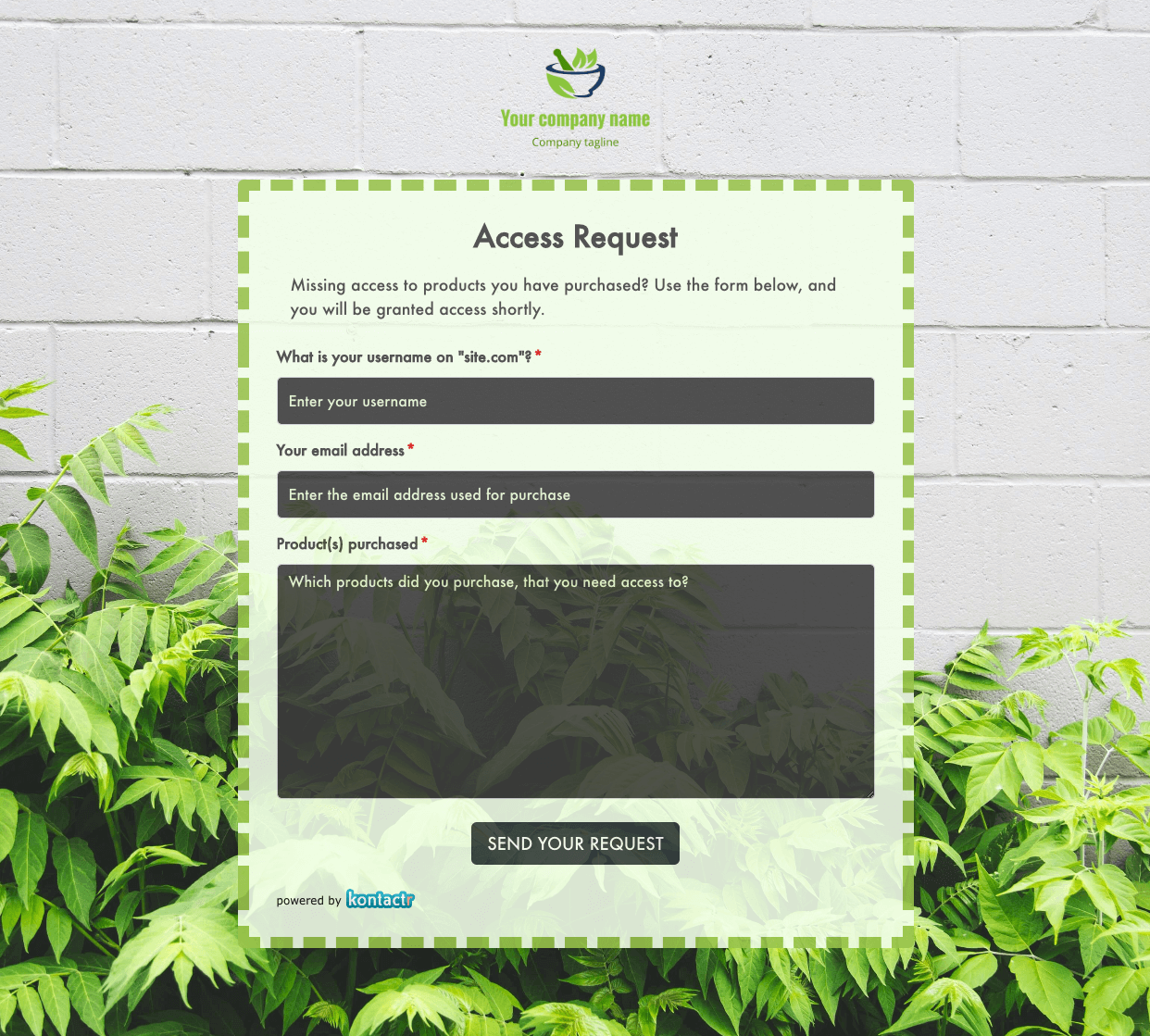 Access Request Form
Access Request Form
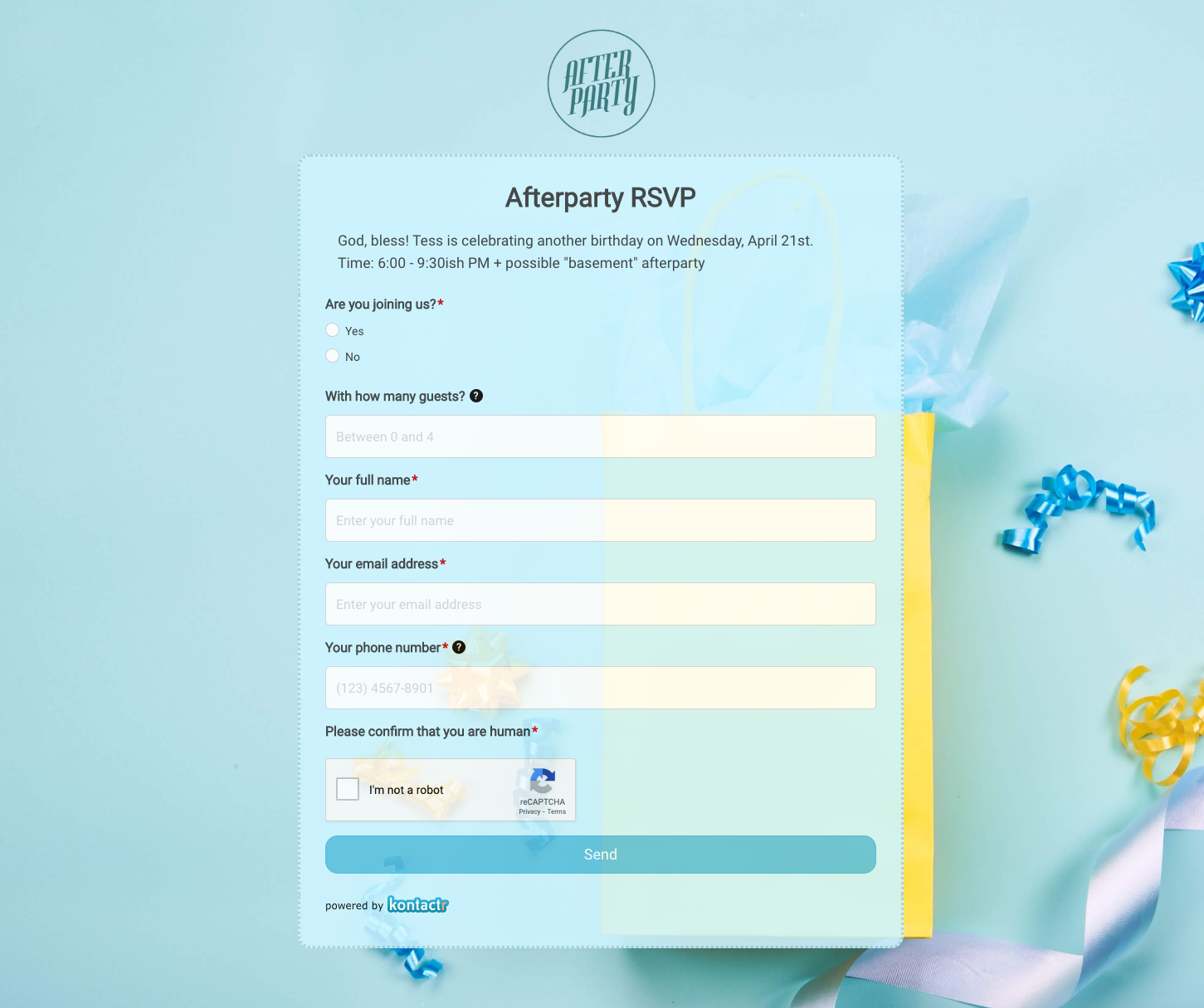 Afterparty RSVP Form
Afterparty RSVP Form
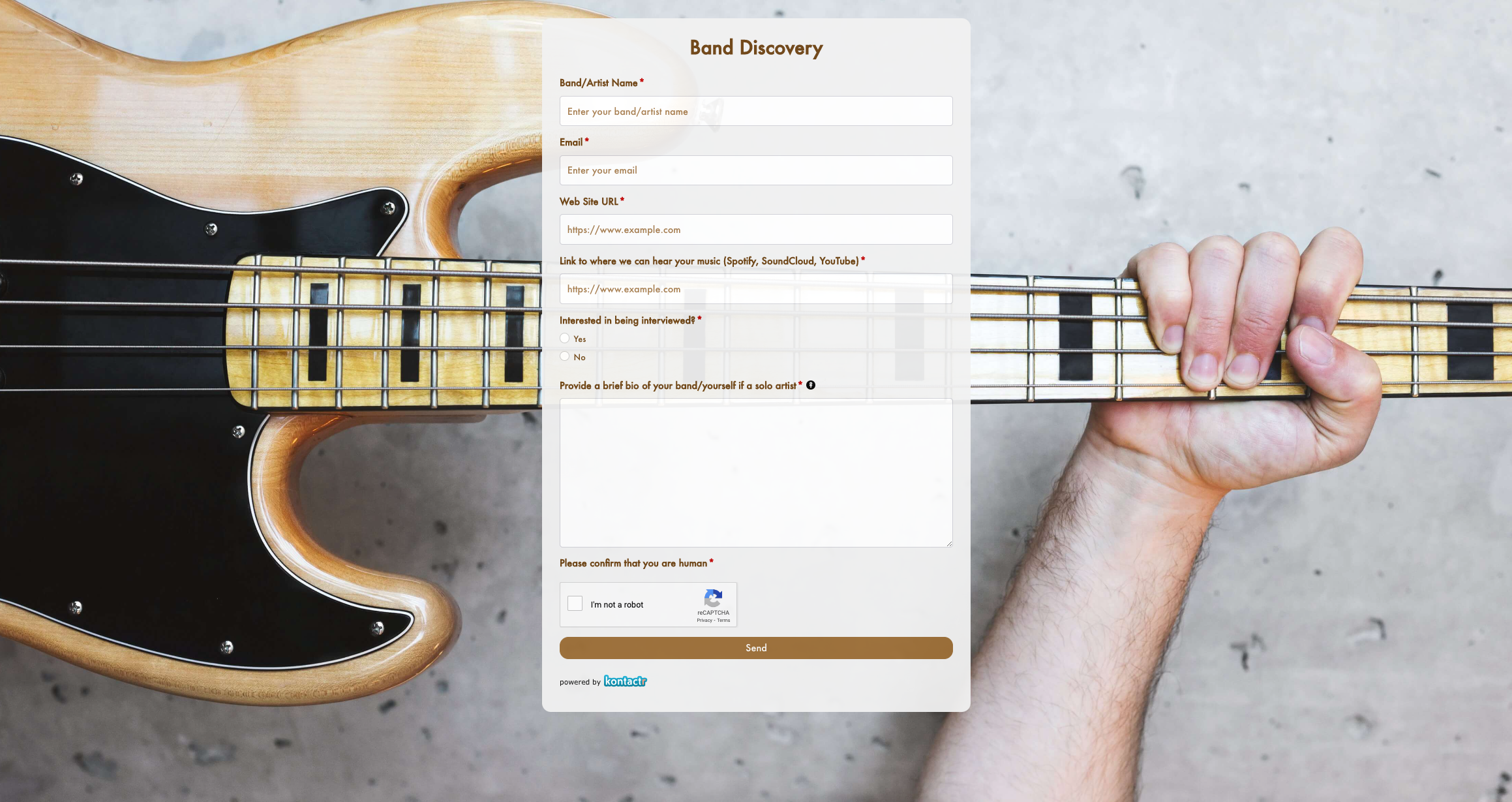 Band Discovery Form
Band Discovery Form
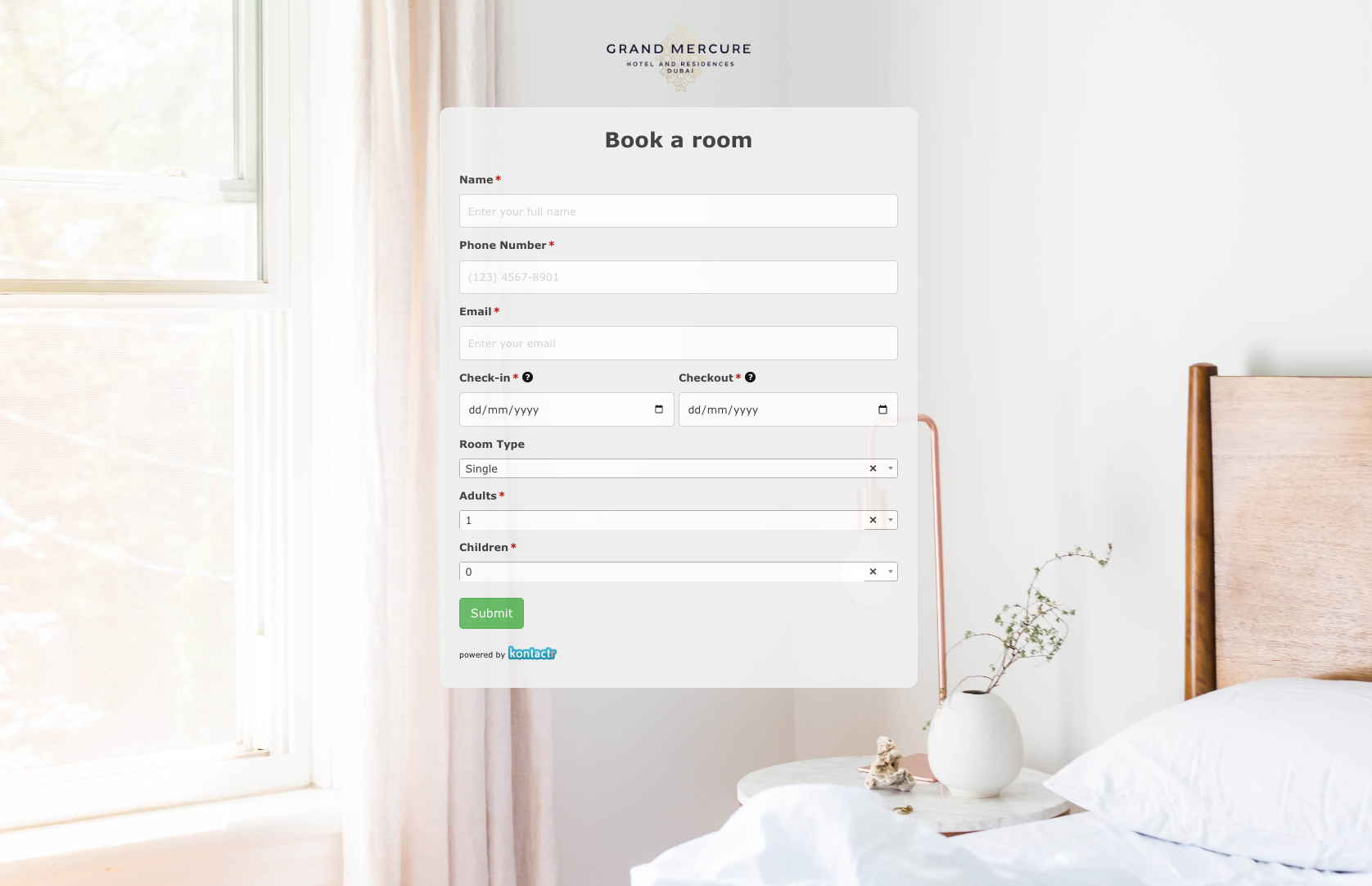 Book a room Form
Book a room Form
 Booking Enquiries Form
Booking Enquiries Form
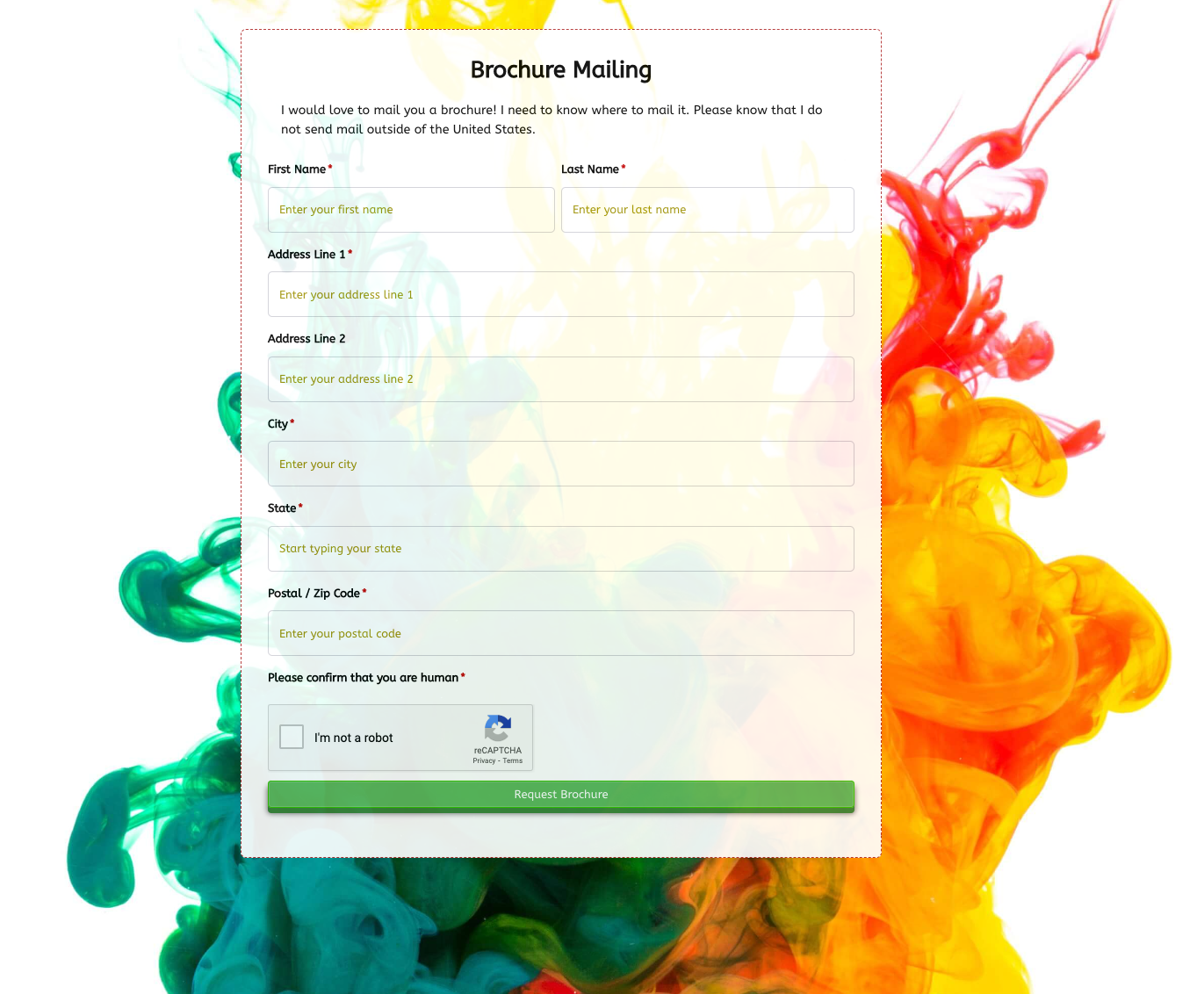 Brochure Mailing Form
Brochure Mailing Form
 Buy a Home Form
Buy a Home Form
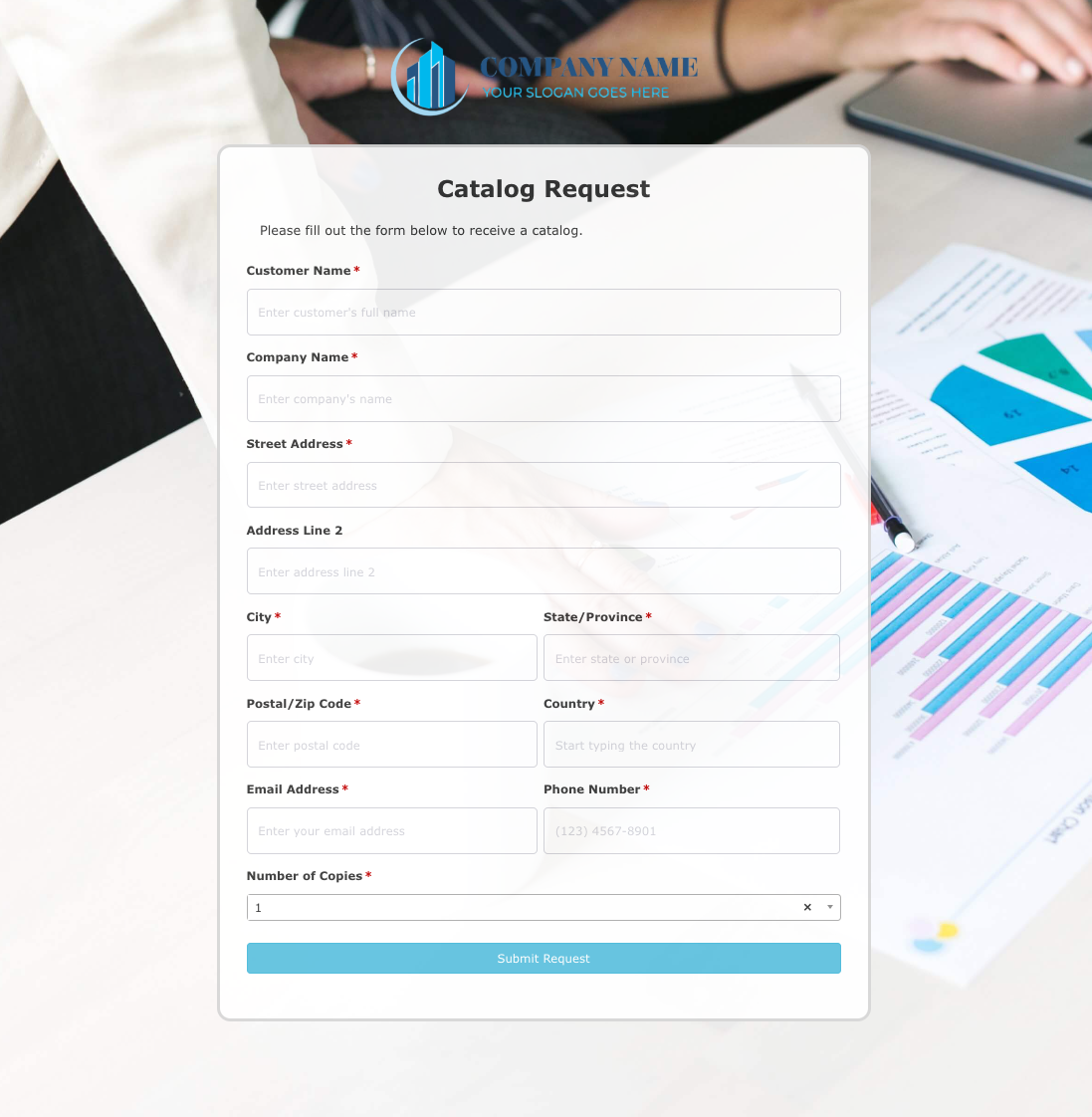 Catalog Request Form
Catalog Request Form
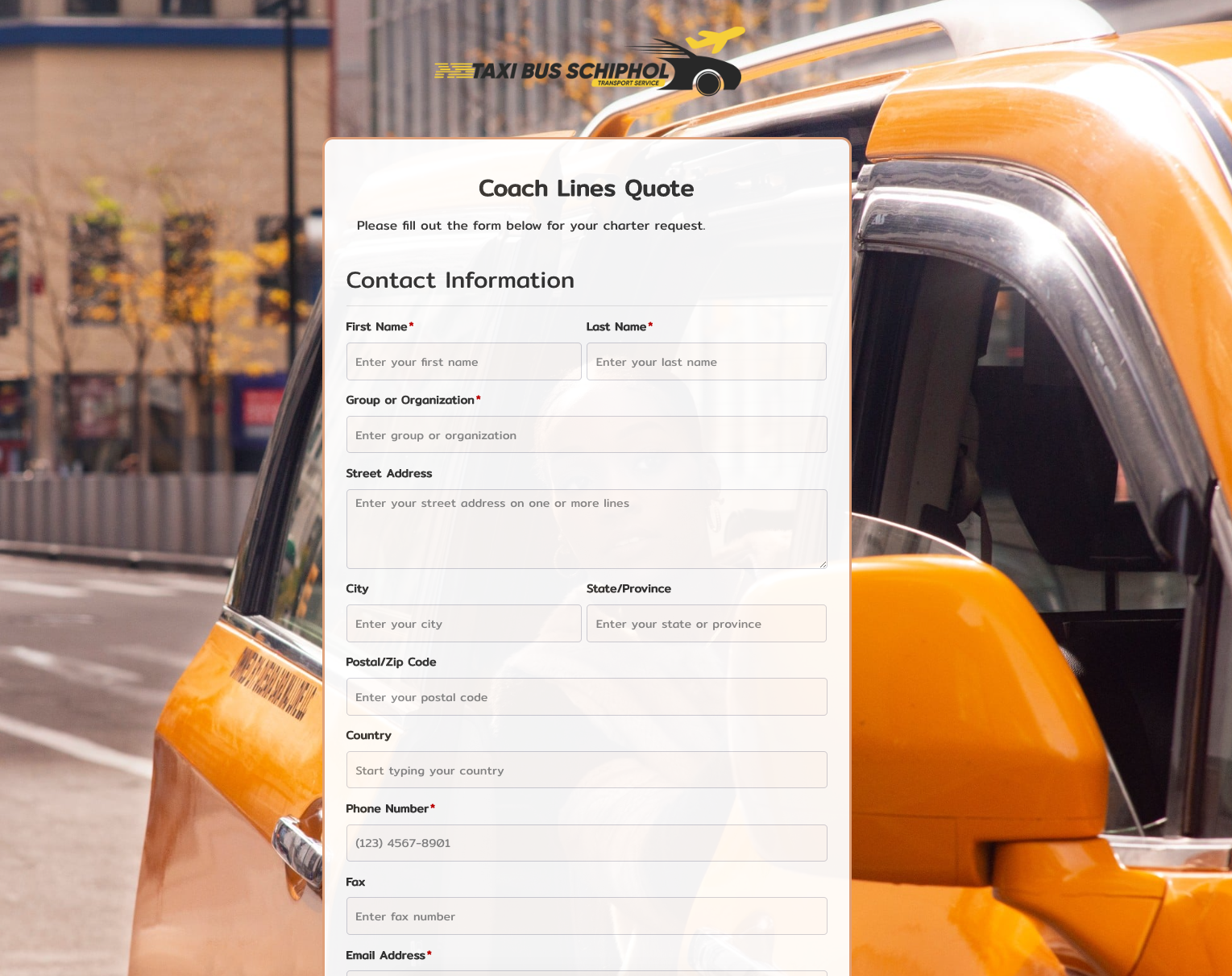 Coach Lines Quote Form
Coach Lines Quote Form
 Contact Us Form
Contact Us Form
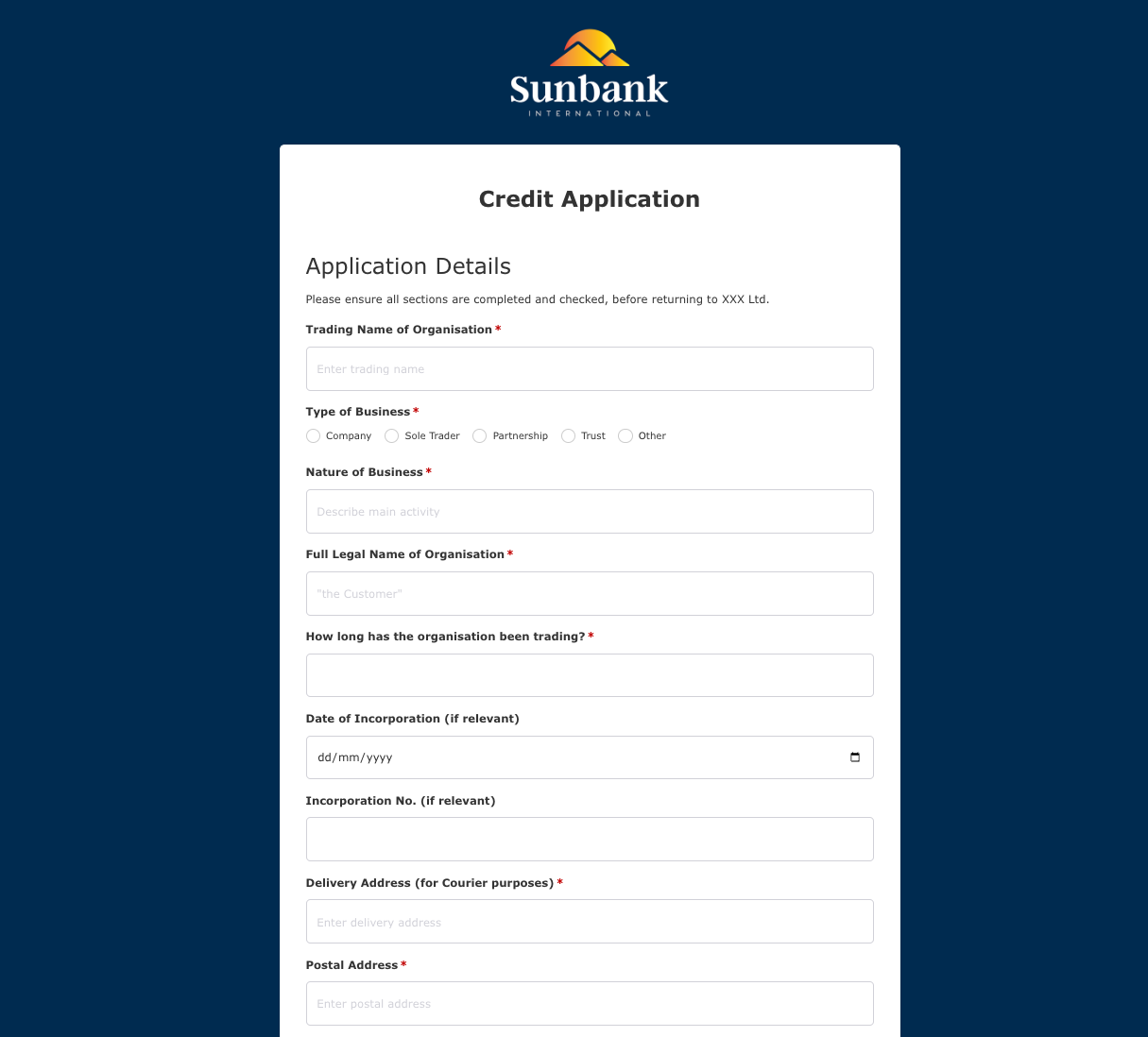 Credit Application Form
Credit Application Form
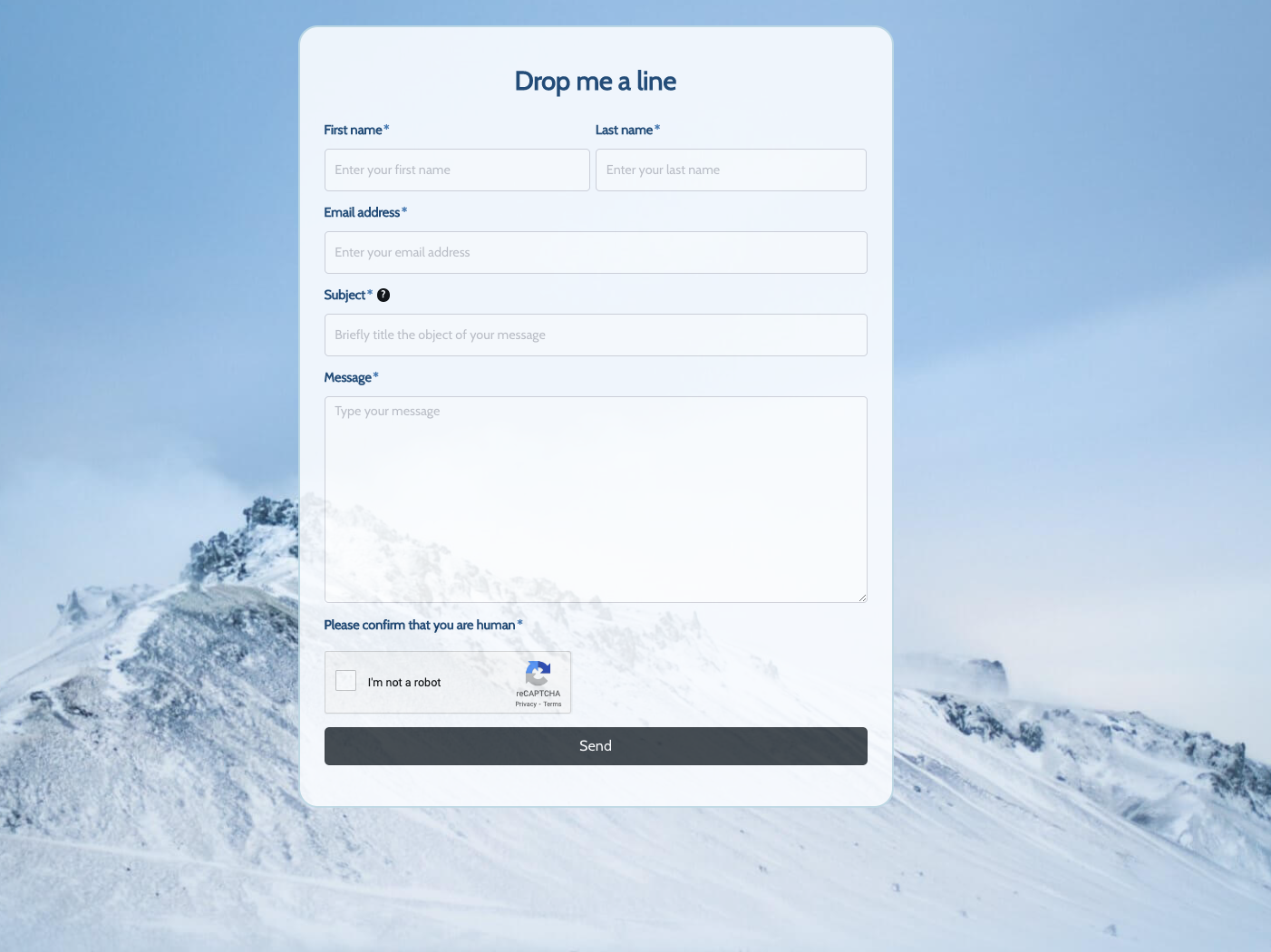 Drop me a line Form
Drop me a line Form
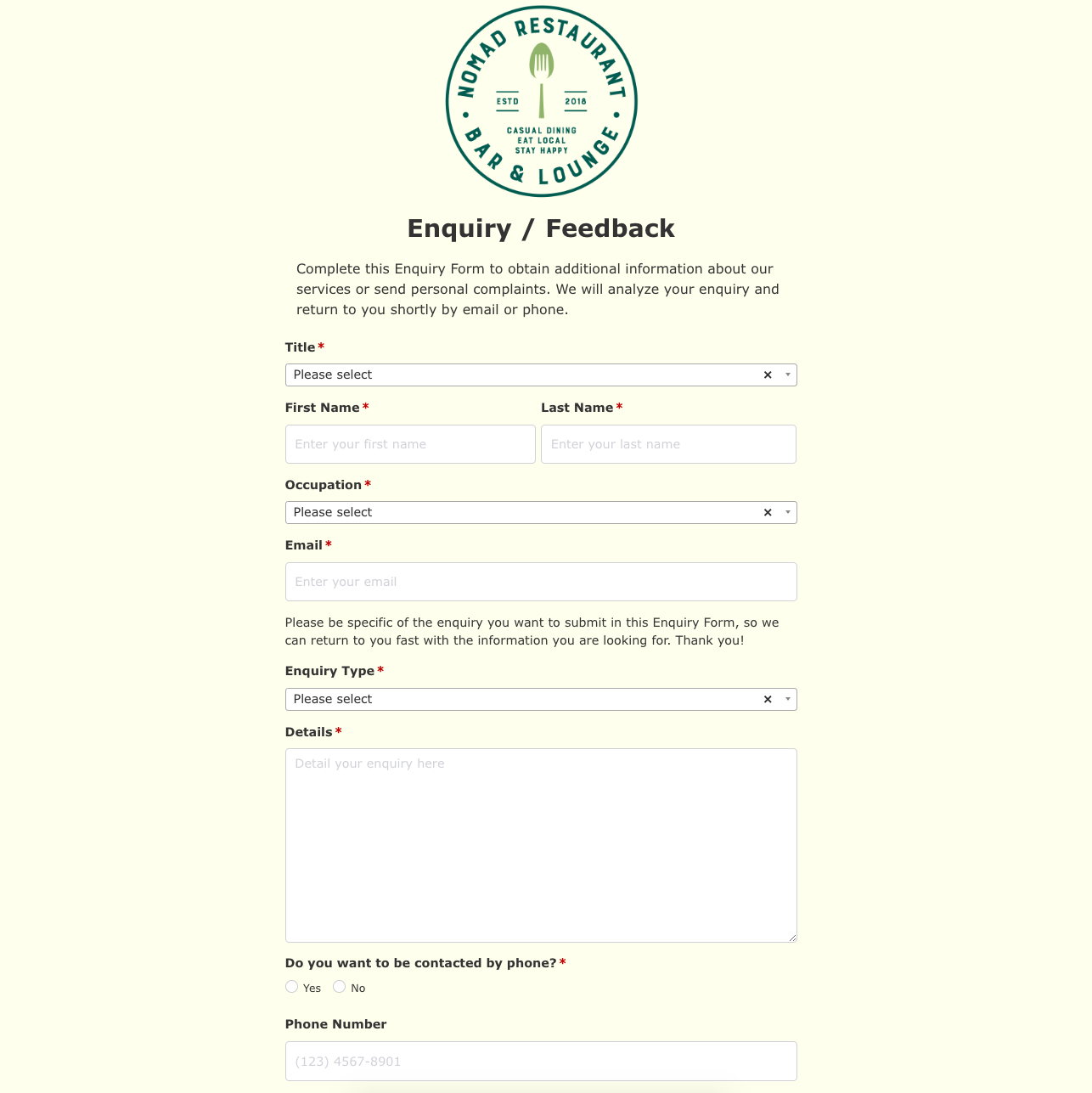 Enquiry / Feedback Form
Enquiry / Feedback Form
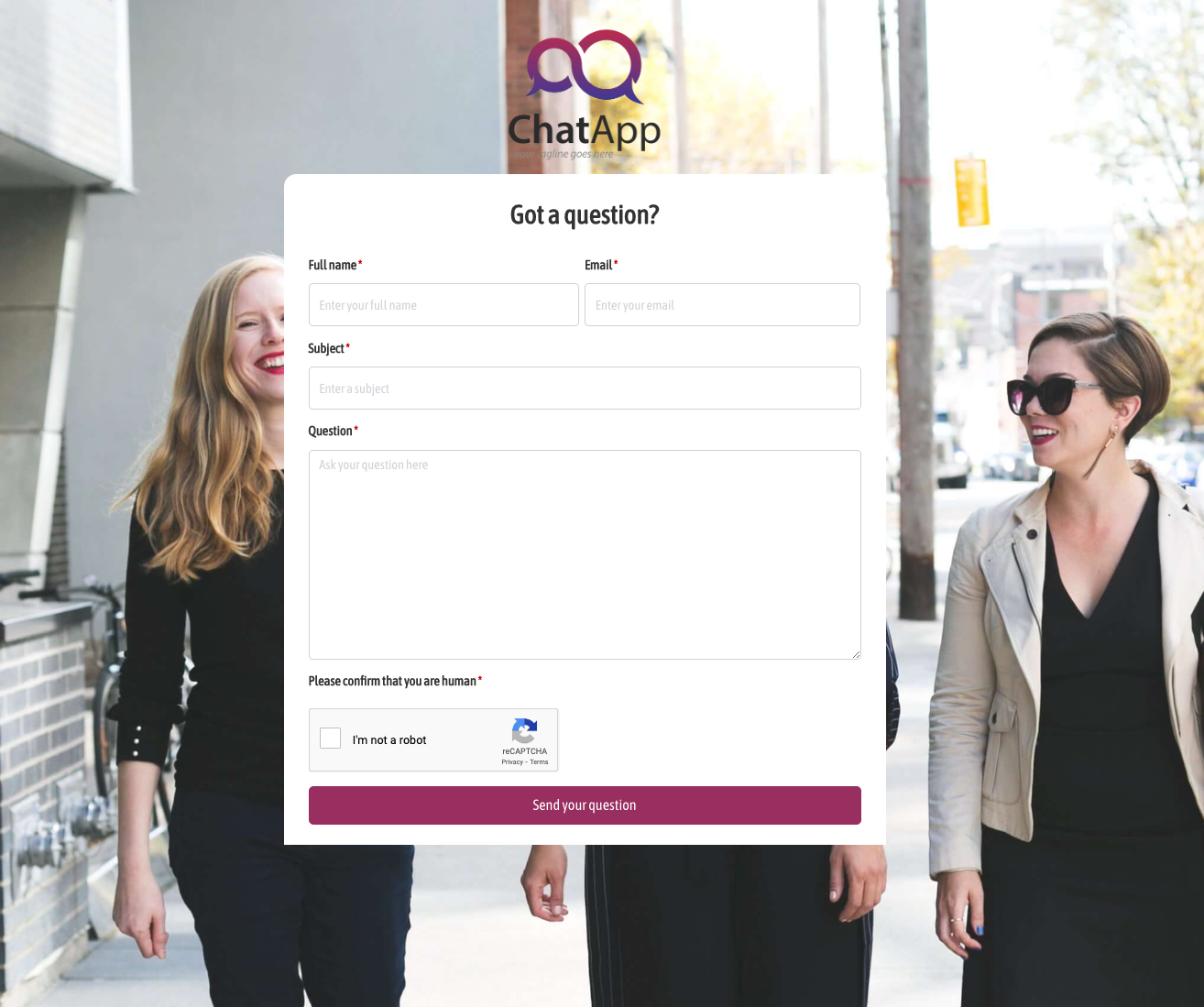 Got a question? Form
Got a question? Form
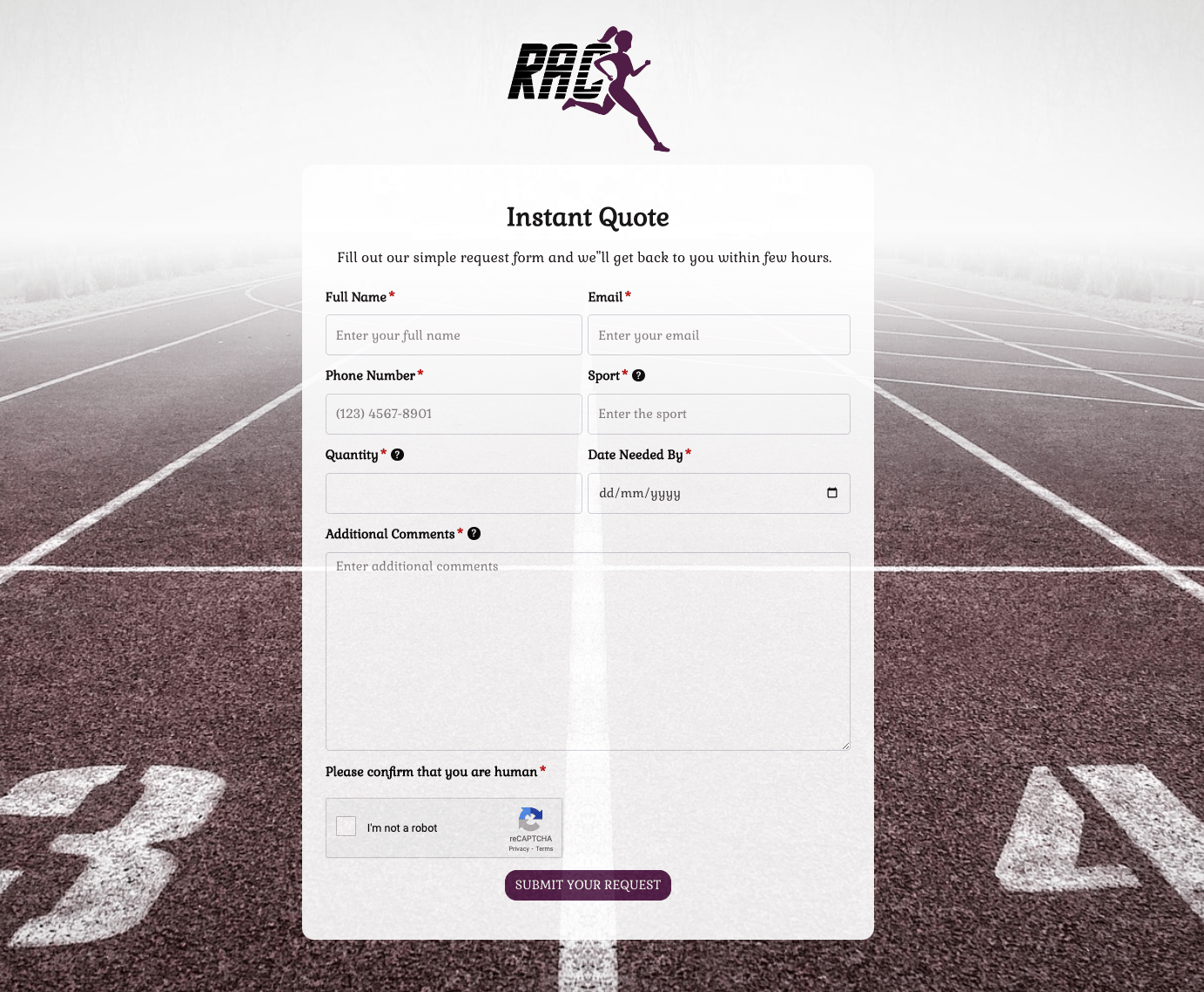 Instant Quote Form
Instant Quote Form
 Job Application Form
Job Application Form
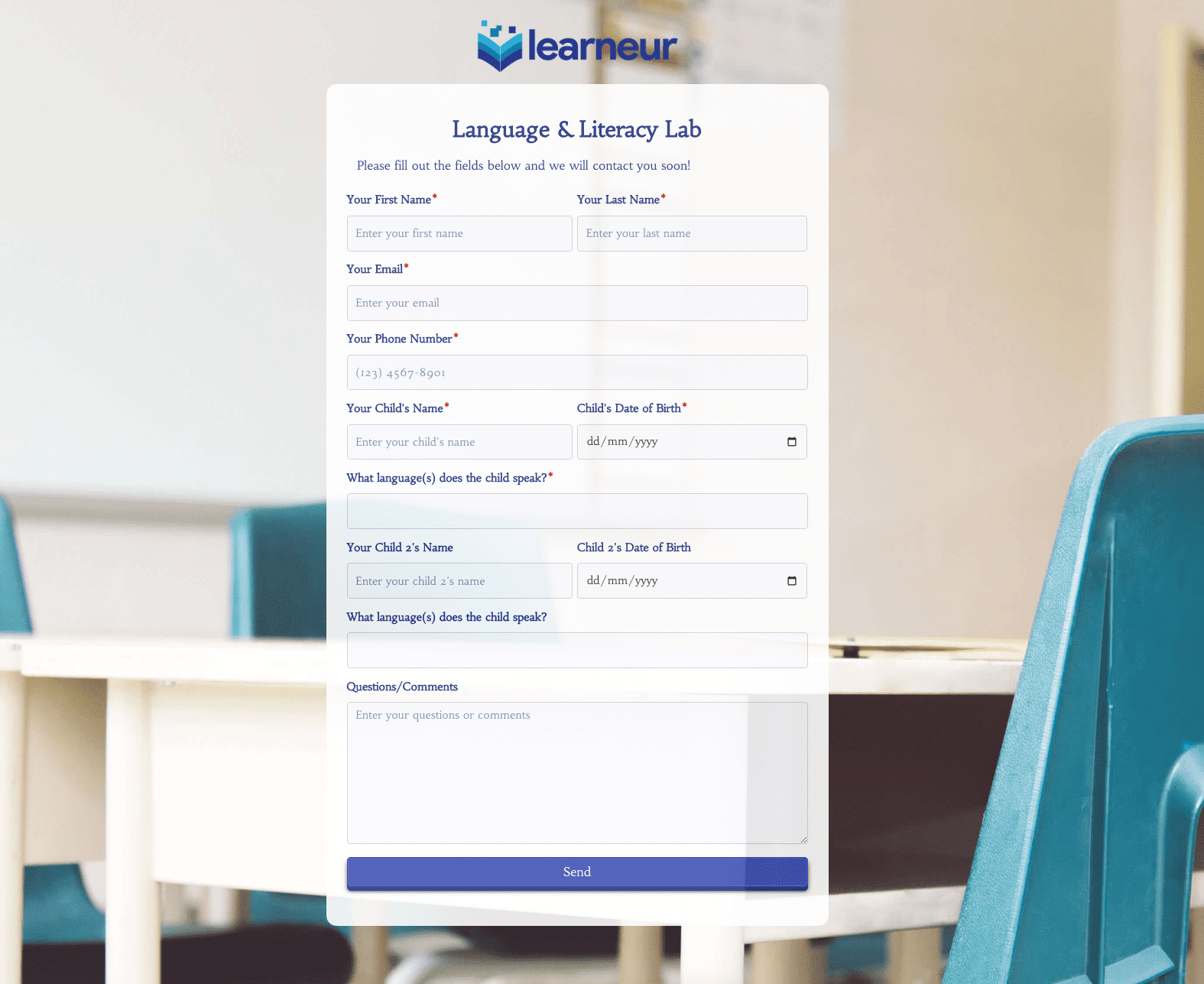 Language & Literacy Lab Form
Language & Literacy Lab Form
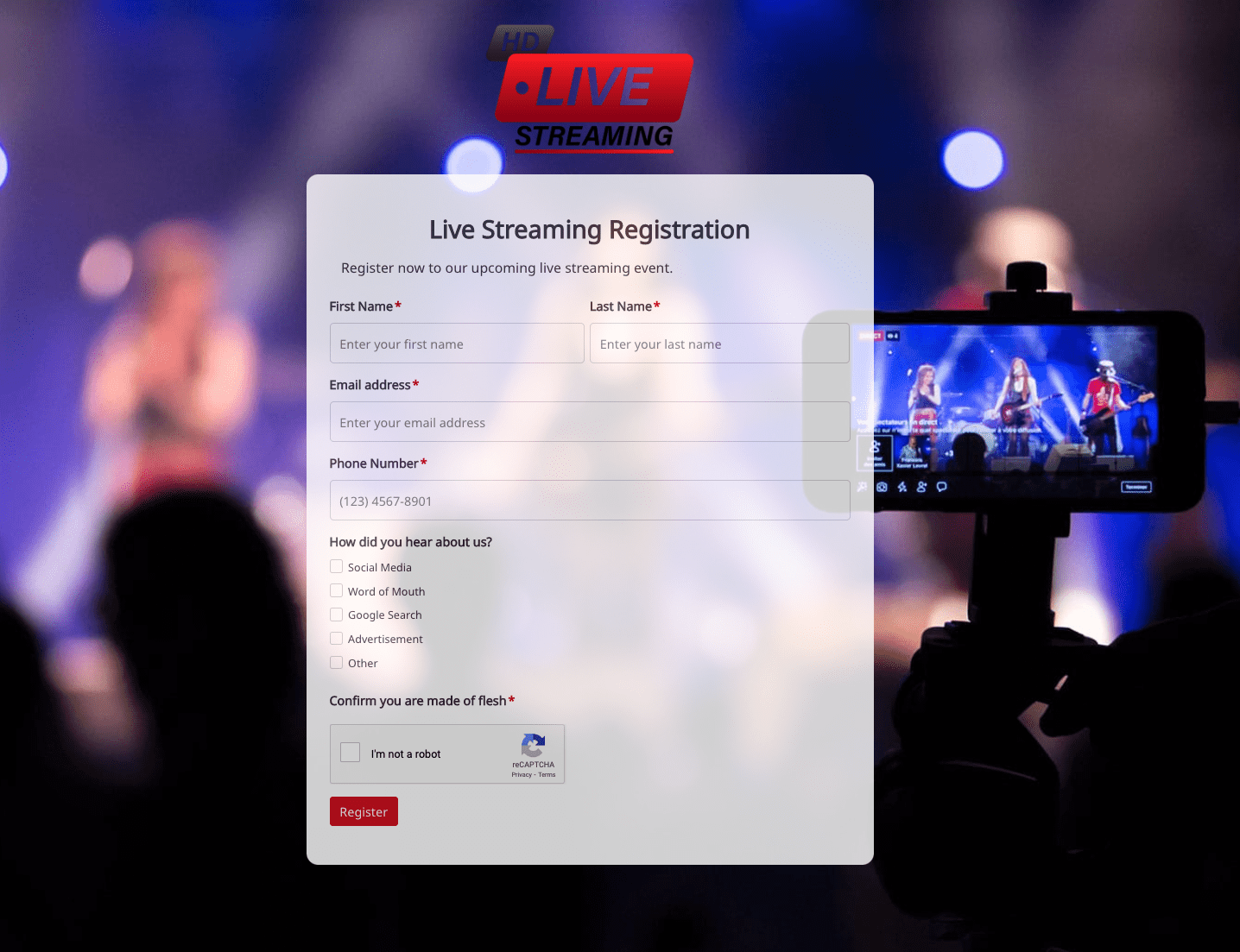 Live Streaming Registration Form
Live Streaming Registration Form
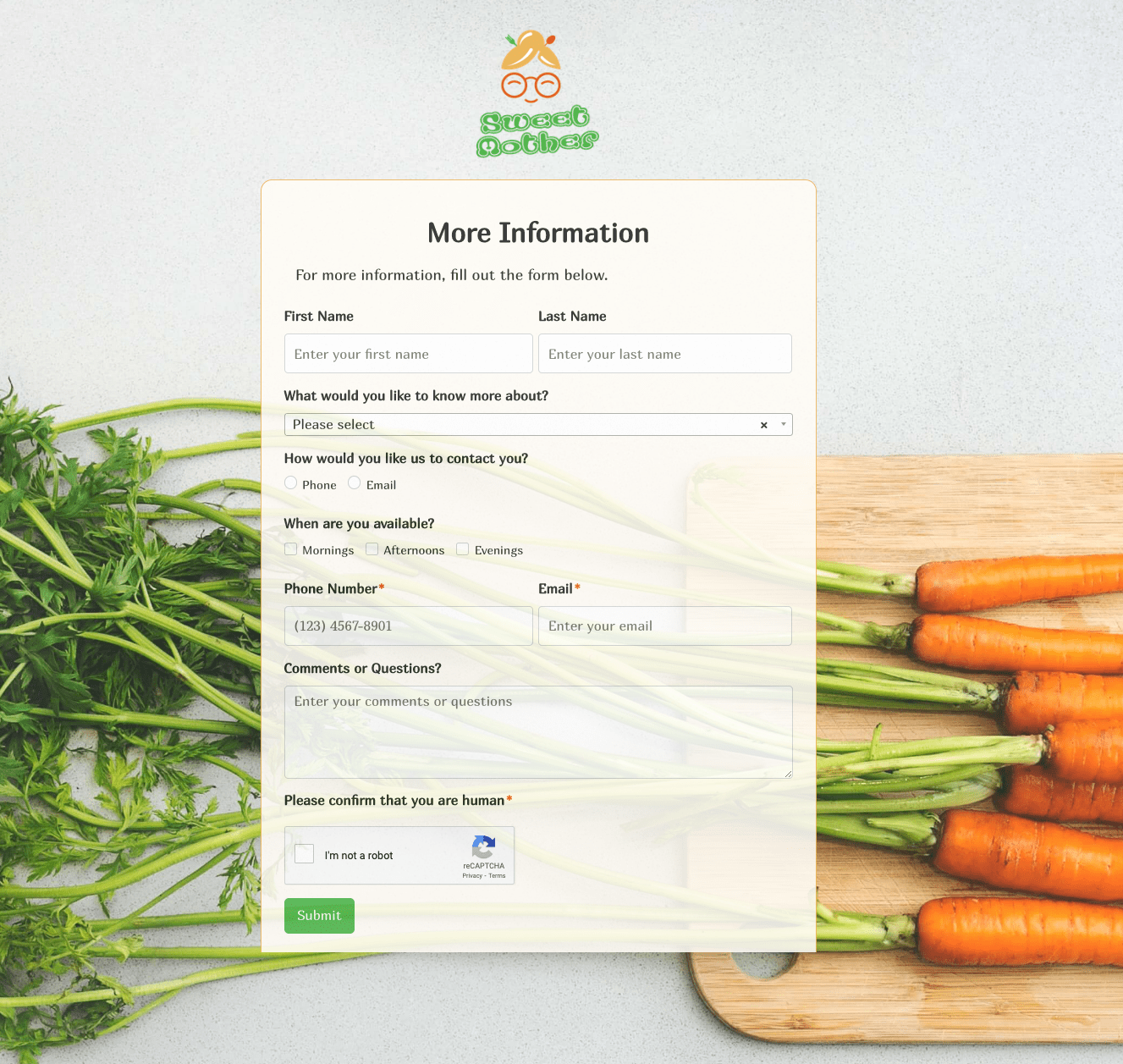 More Information Form
More Information Form
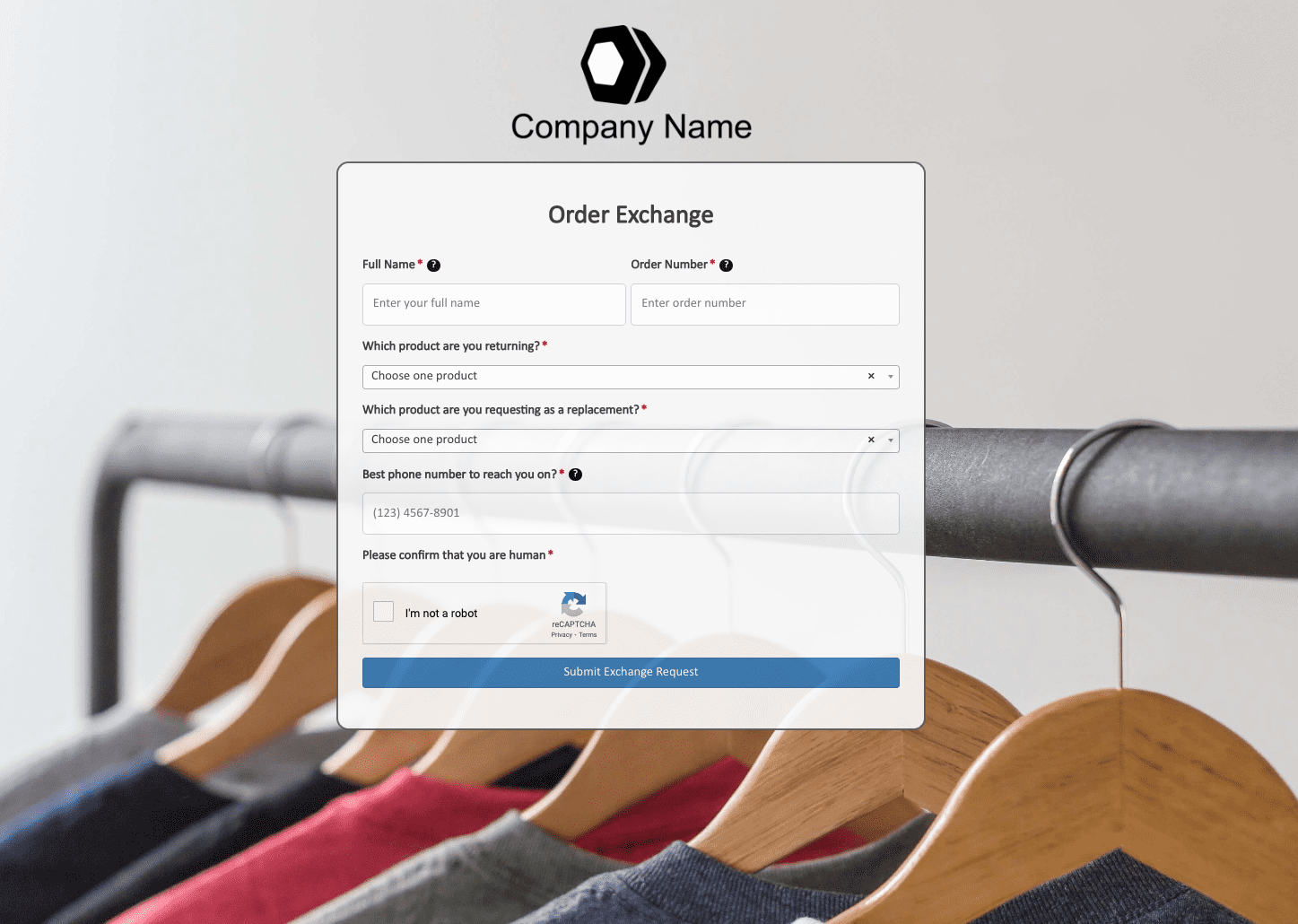 Order Exchange Form
Order Exchange Form
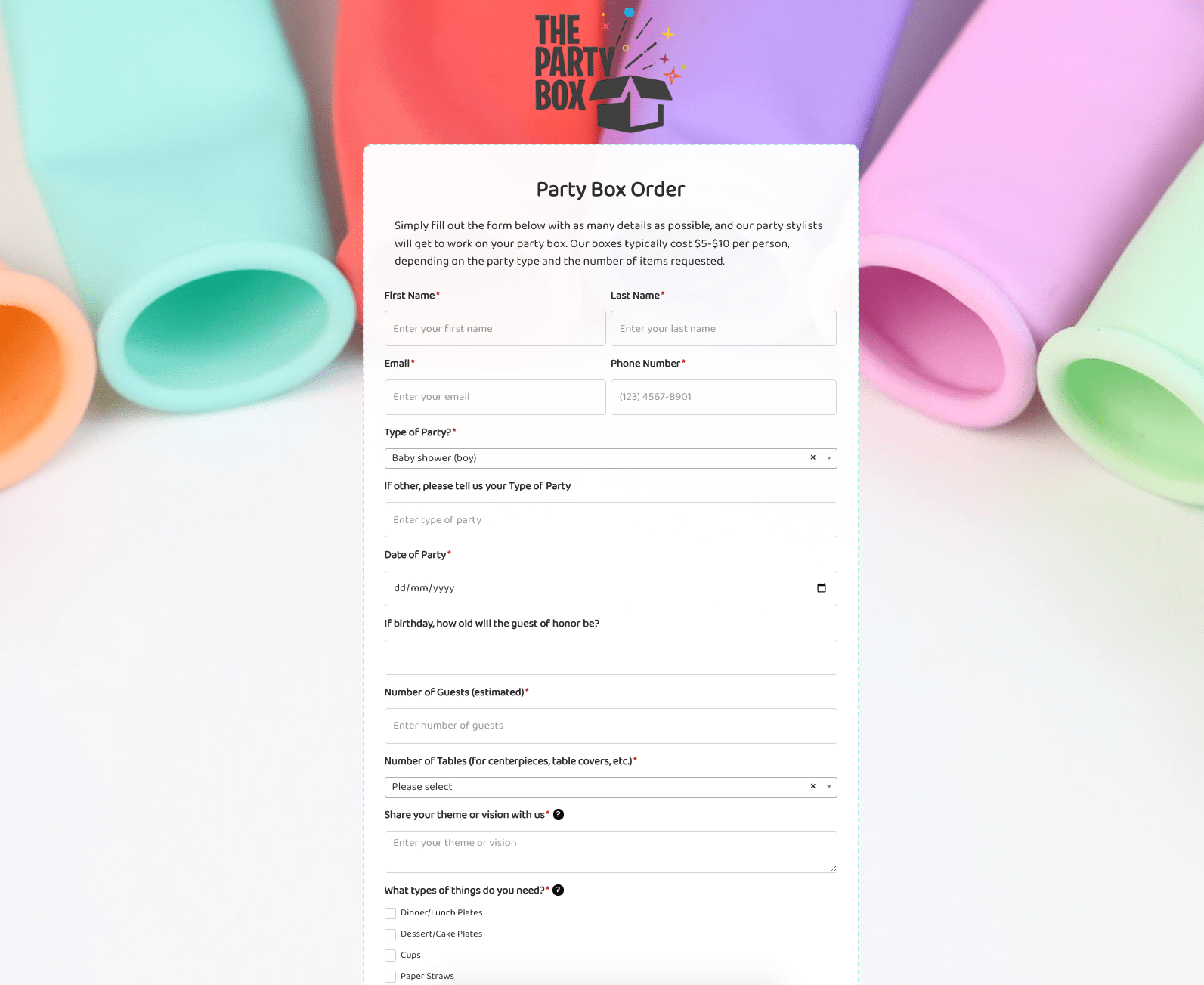 Party Box Order Form
Party Box Order Form
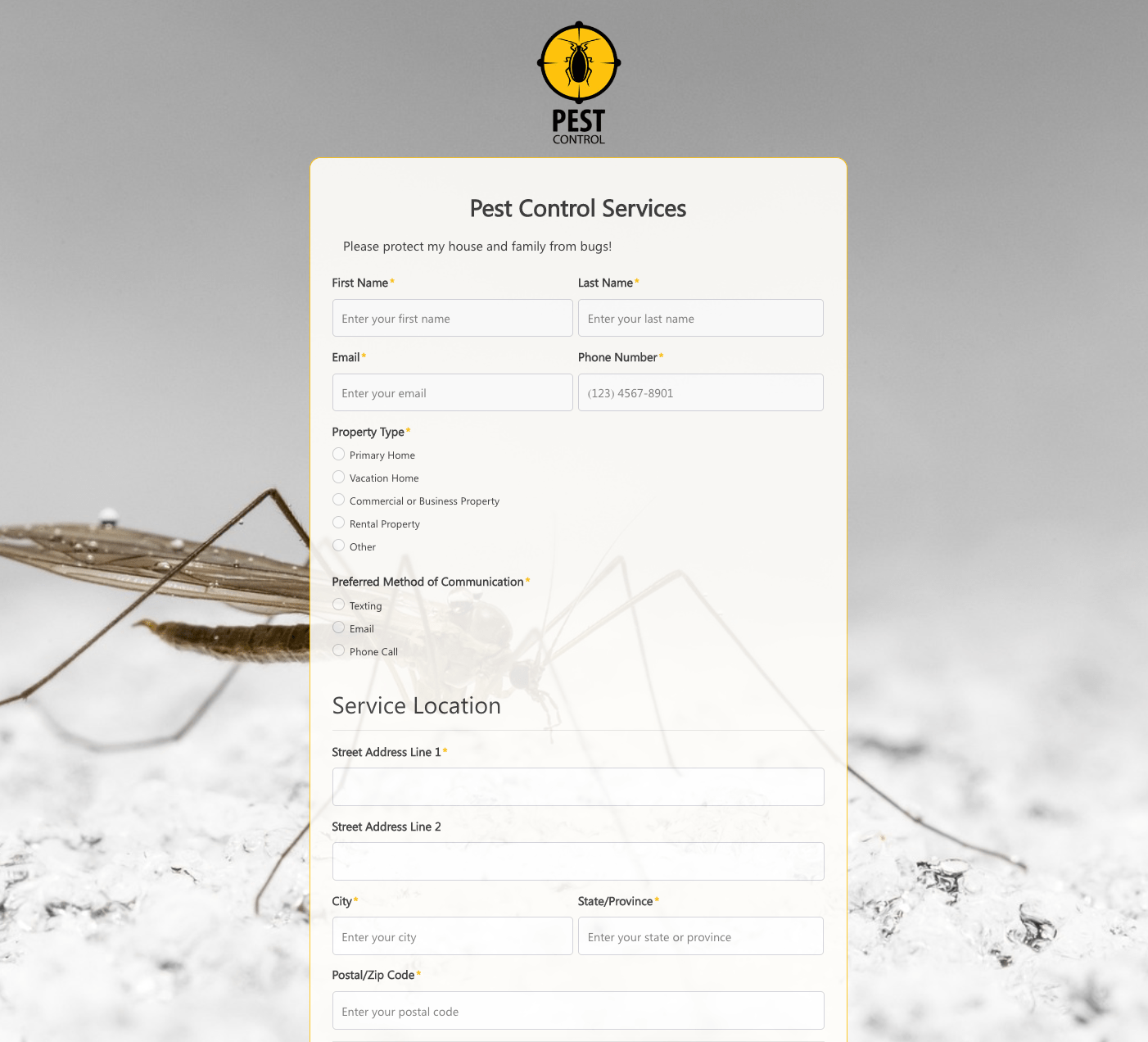 Pest Control Services Form
Pest Control Services Form
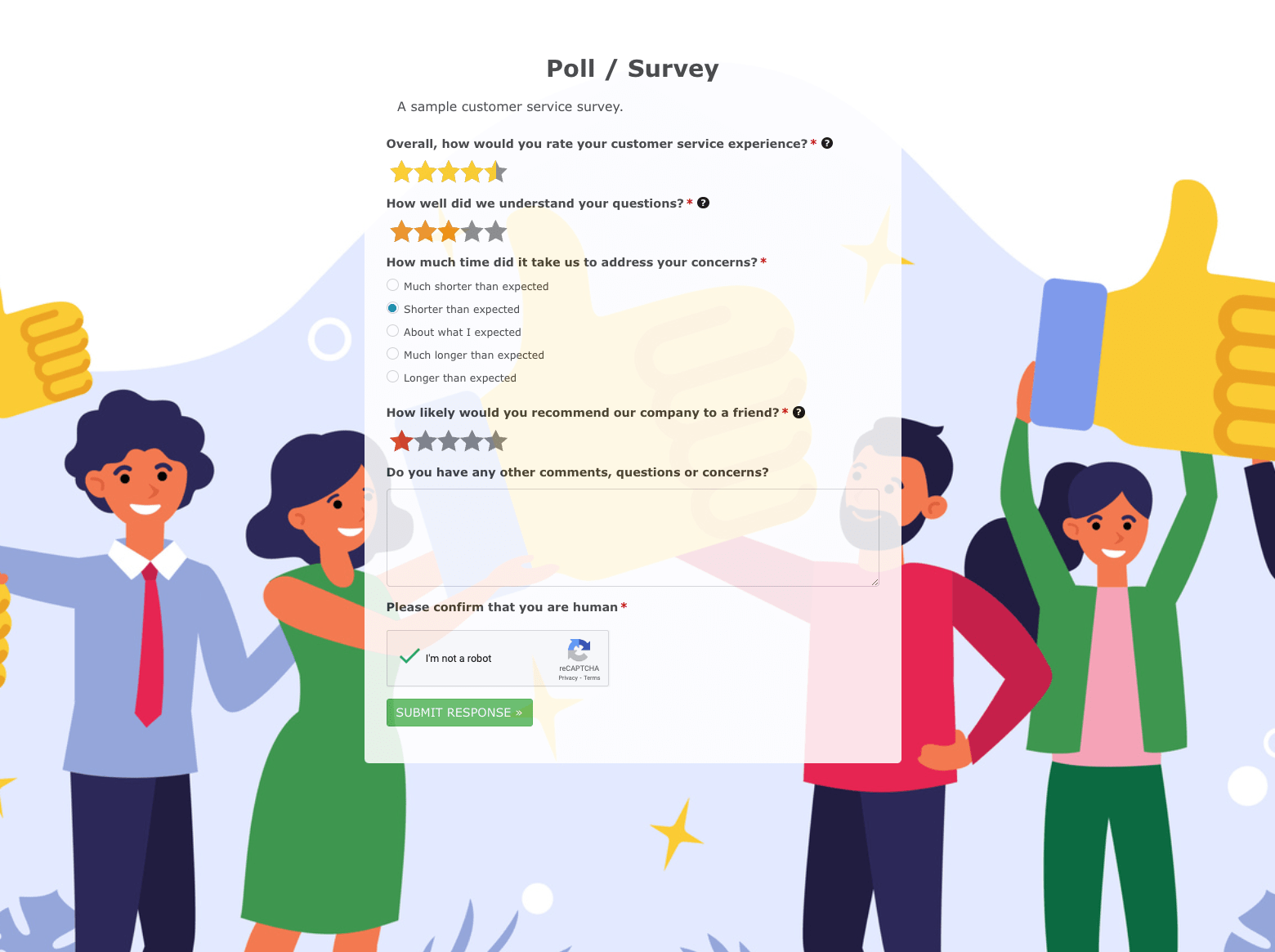 Poll / Survey Form
Poll / Survey Form
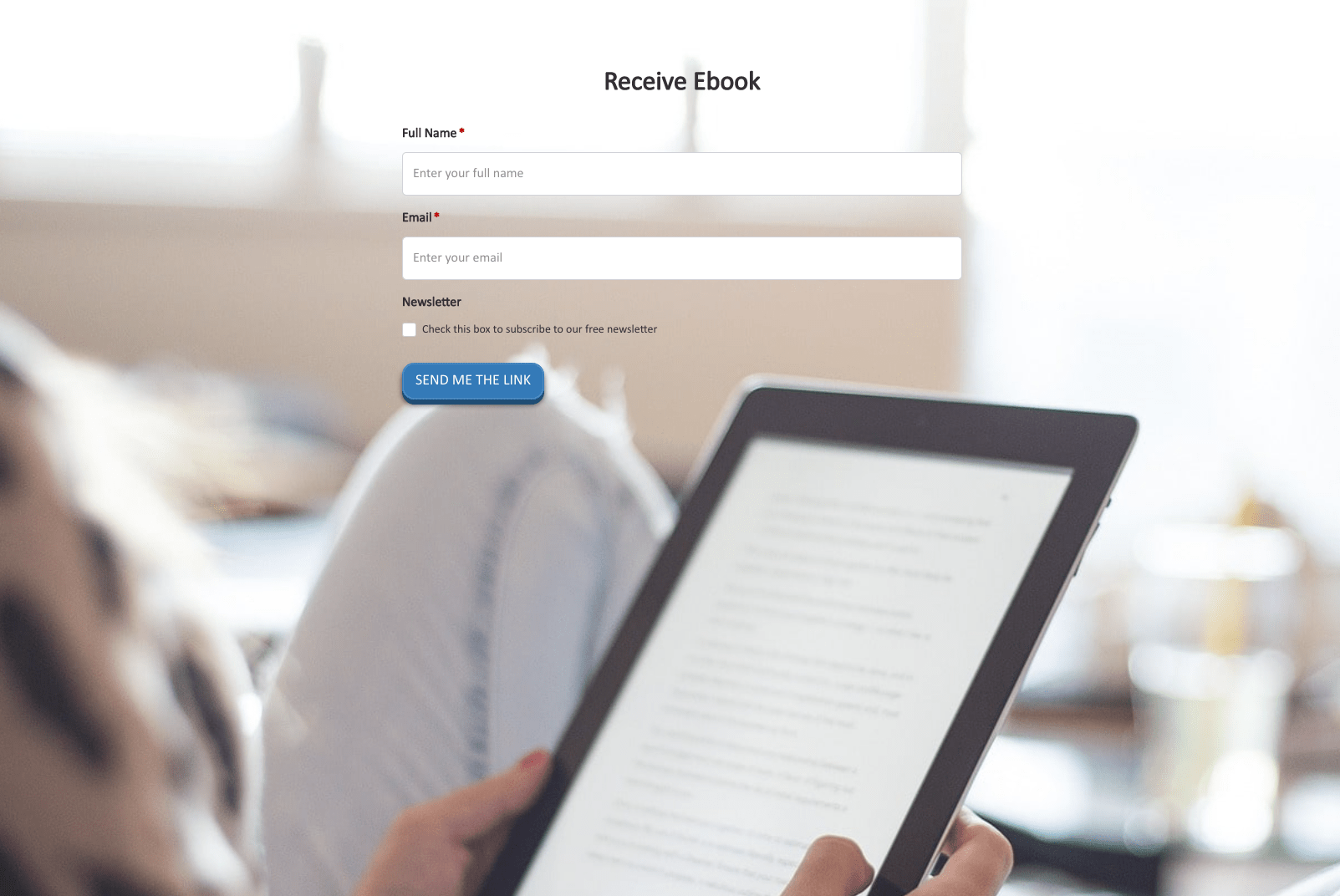 Receive Ebook Form
Receive Ebook Form
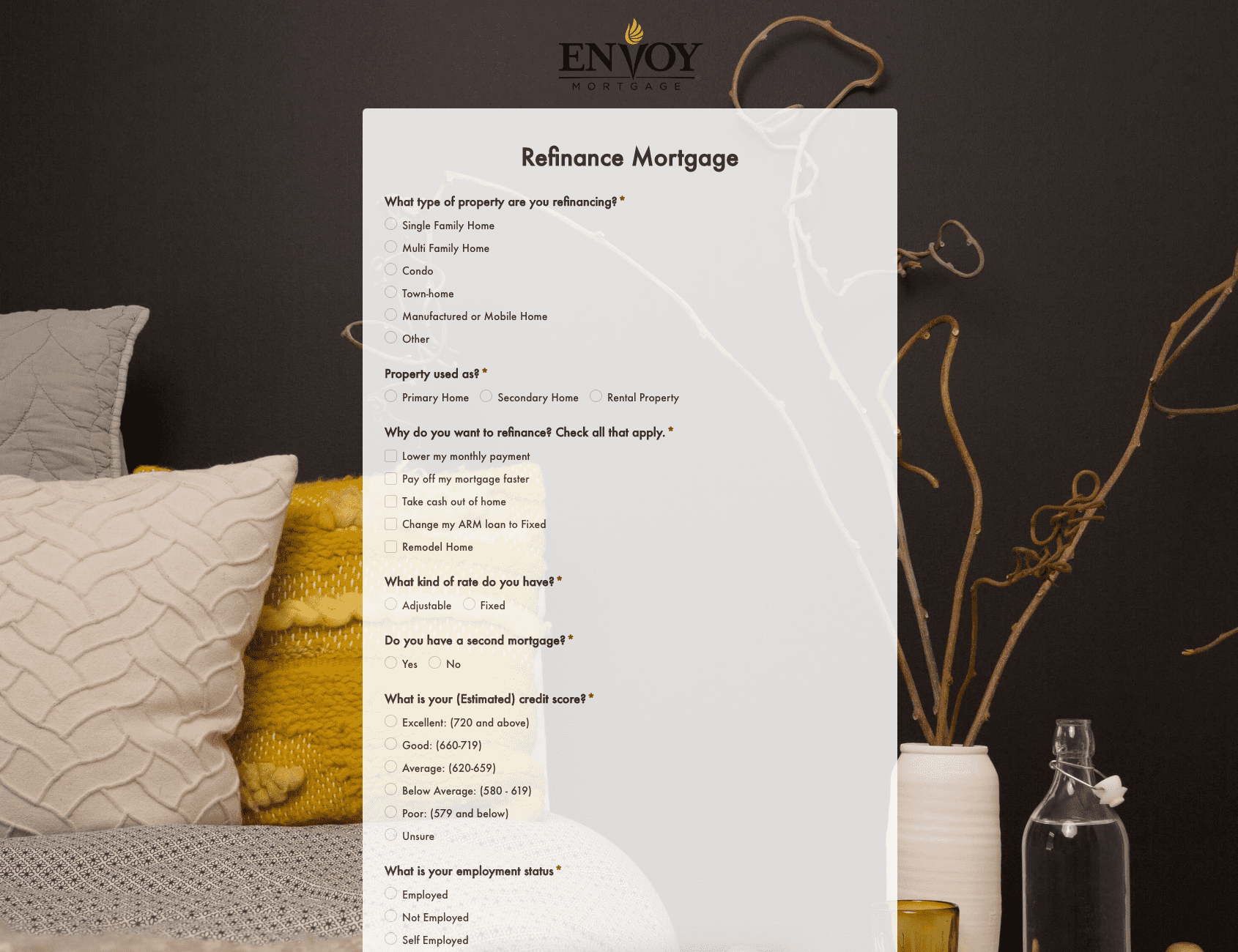 Refinance Mortgage Form
Refinance Mortgage Form
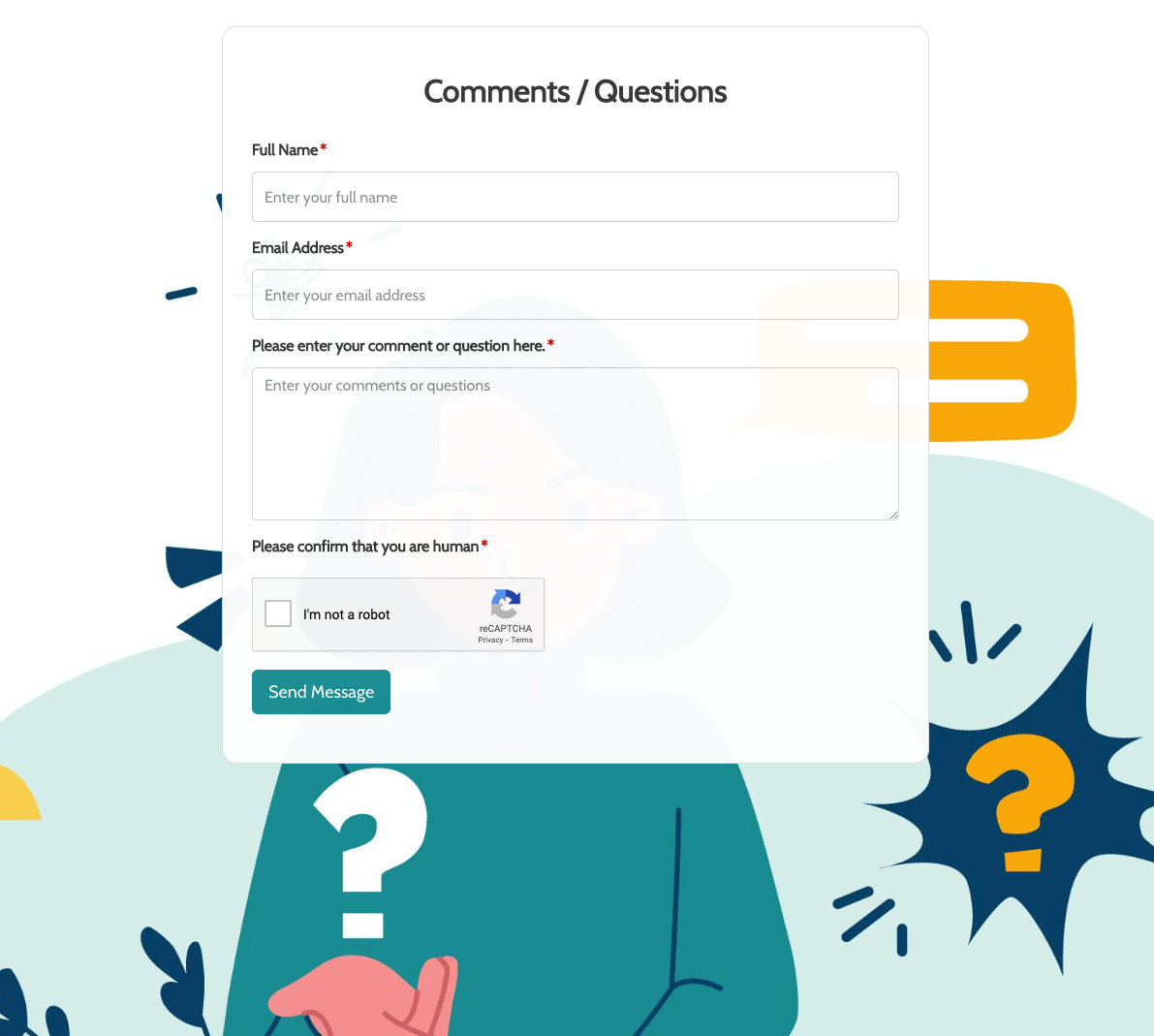 Remarks / Questions Form
Remarks / Questions Form
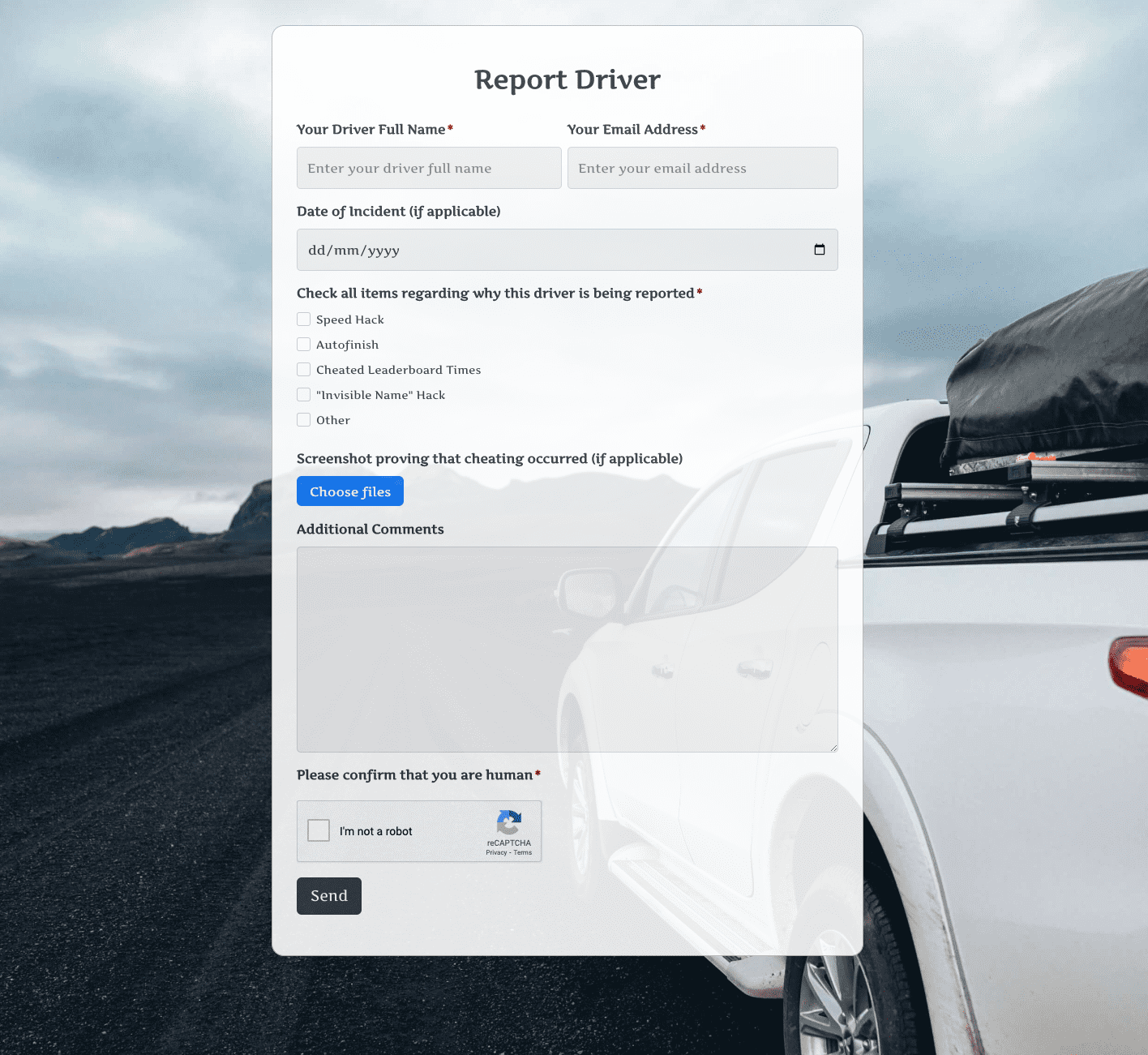 Report Driver Form
Report Driver Form
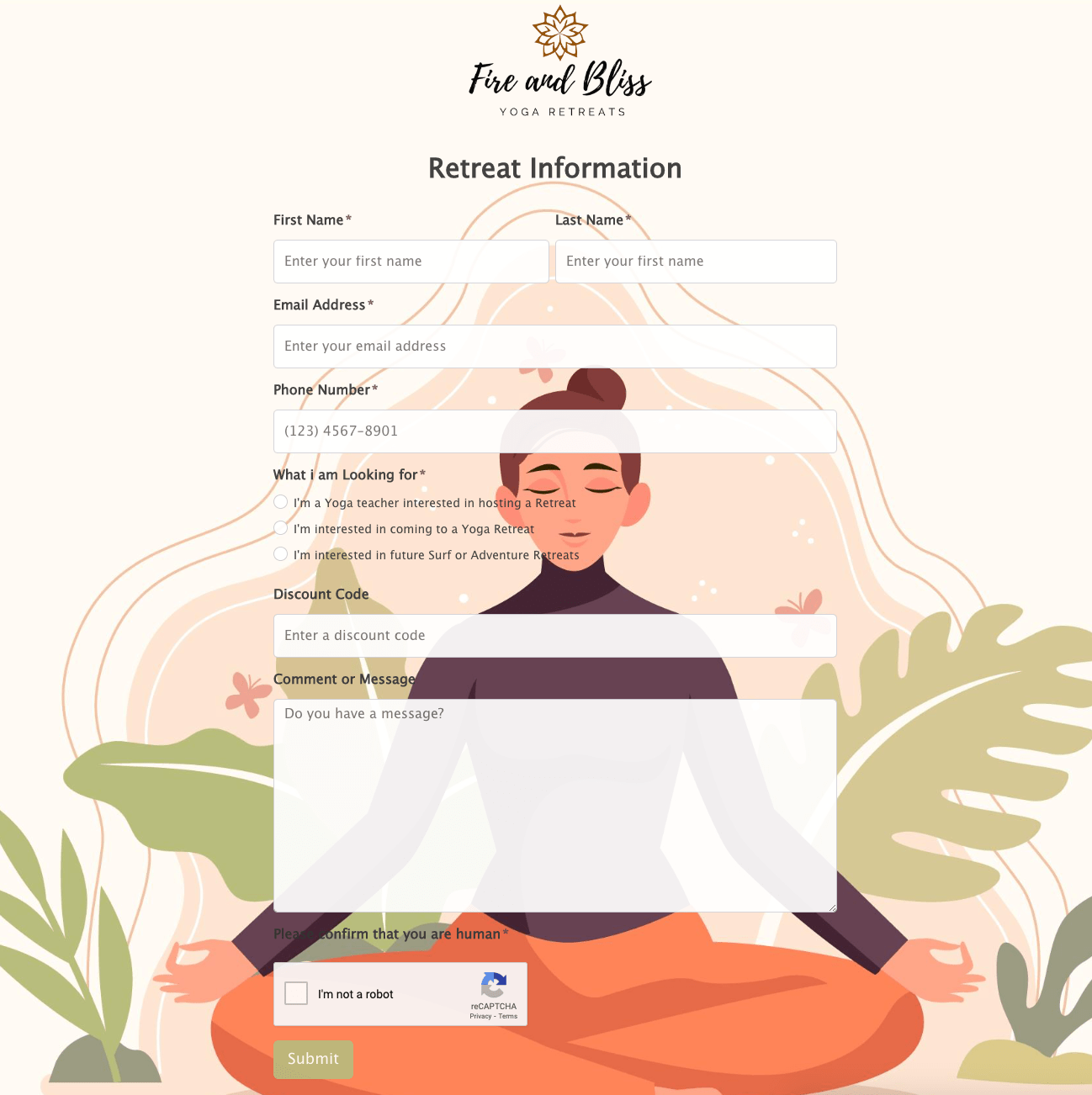 Retreat Information Form
Retreat Information Form
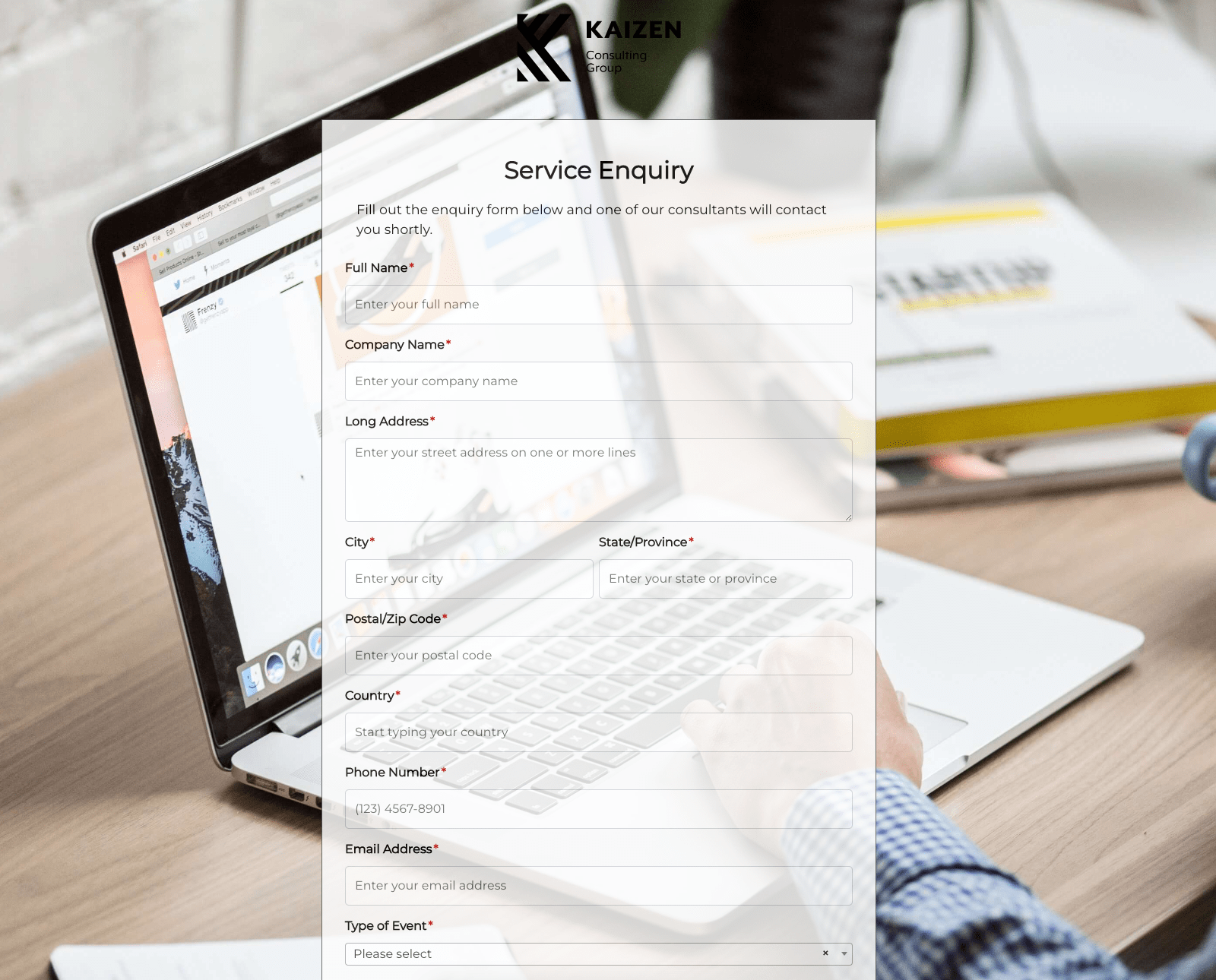 Service Enquiry Form
Service Enquiry Form
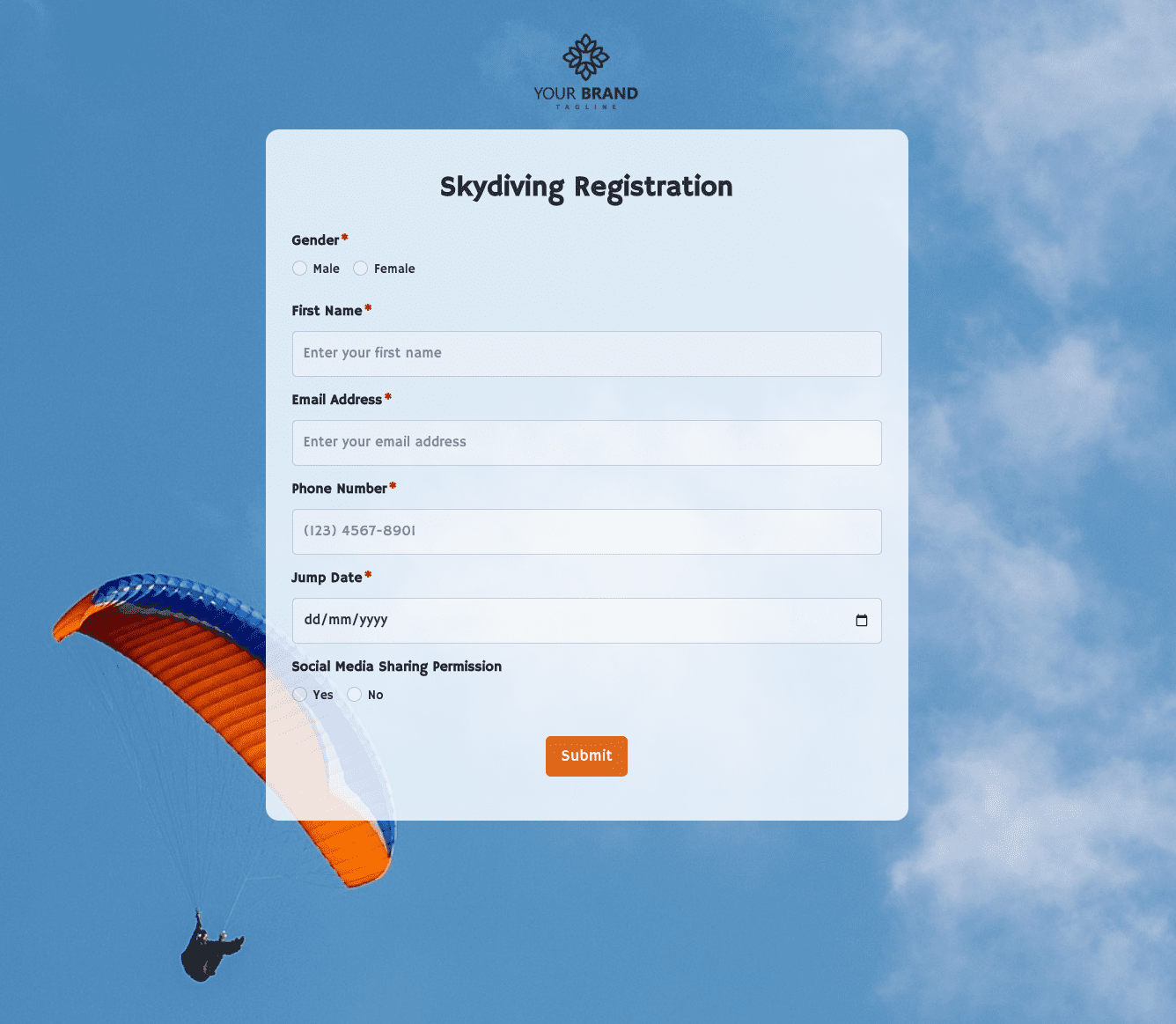 Skydiving Registration Form
Skydiving Registration Form
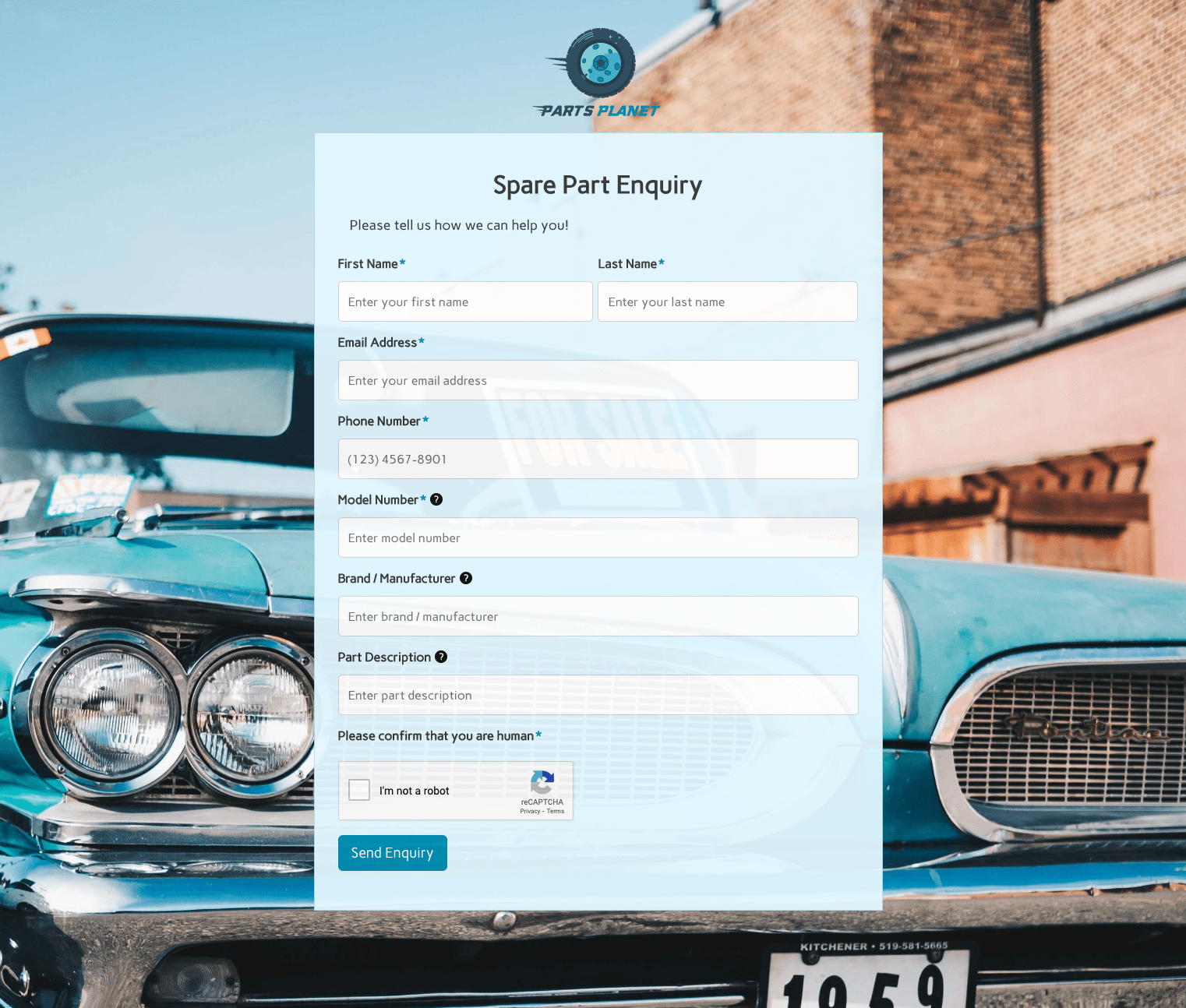 Spare Part Enquiry Form
Spare Part Enquiry Form
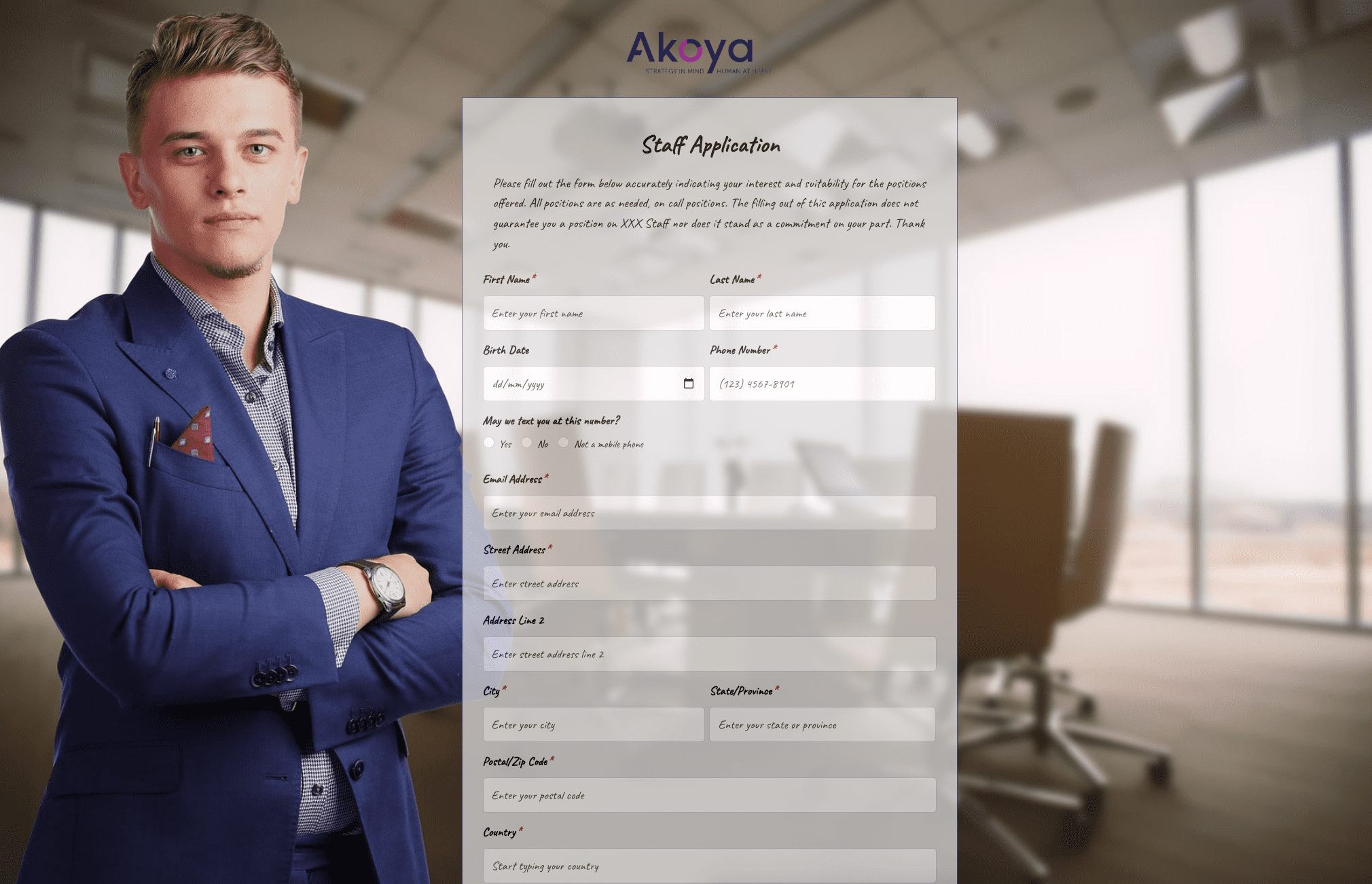 Staff Application Form
Staff Application Form
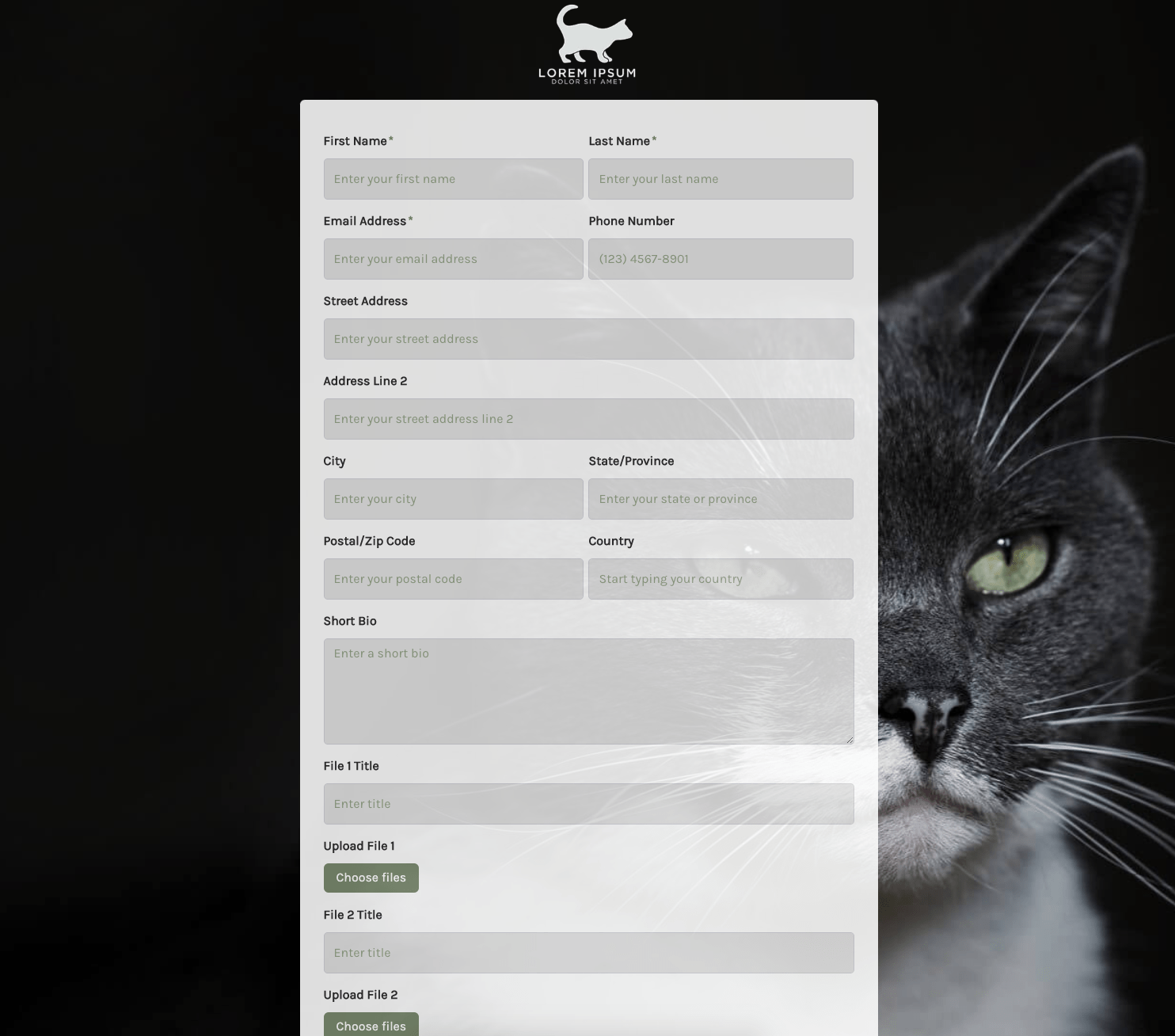 Submission Form
Submission Form
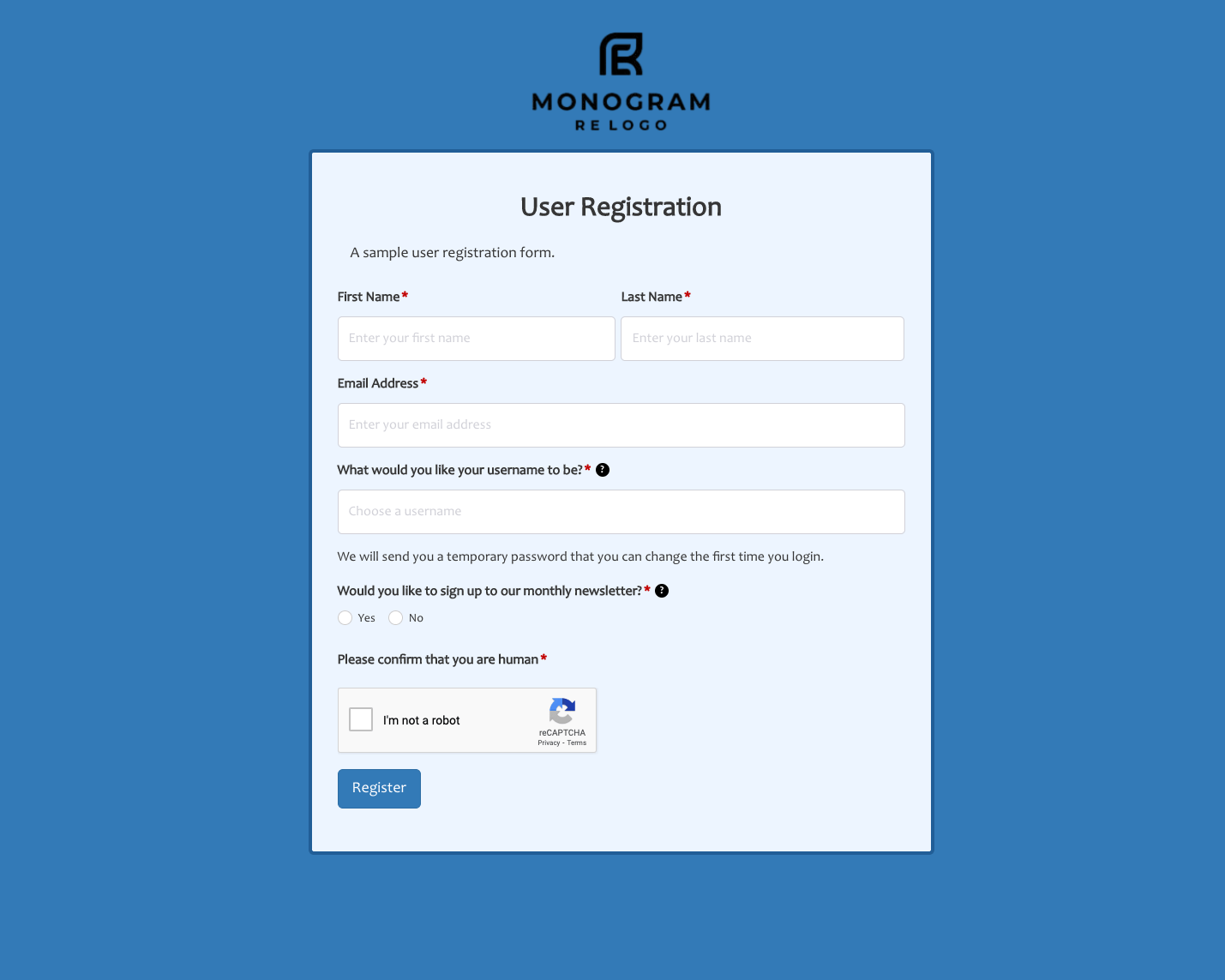 User Registration Form
User Registration Form
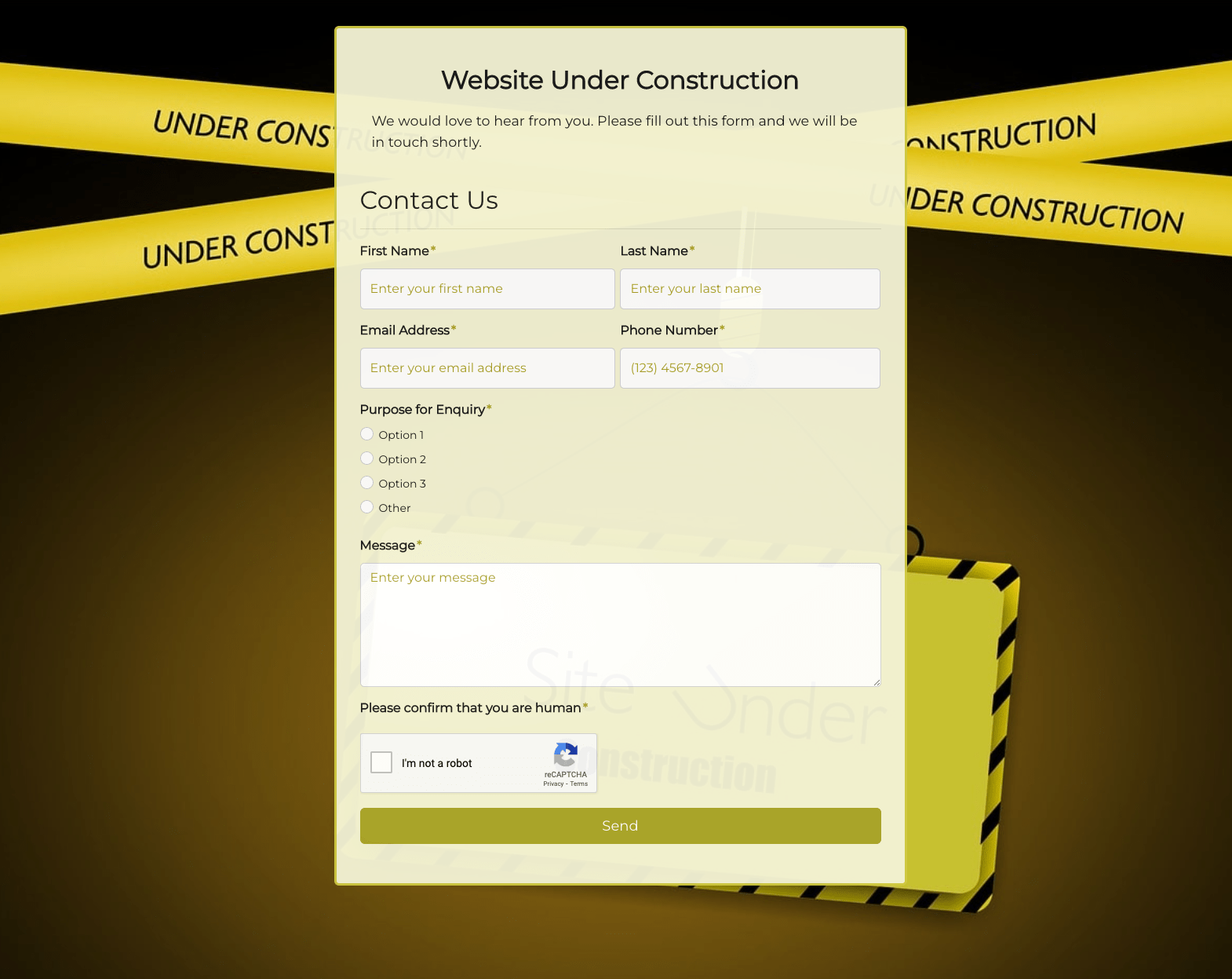 Website Under Construction Form
Website Under Construction Form
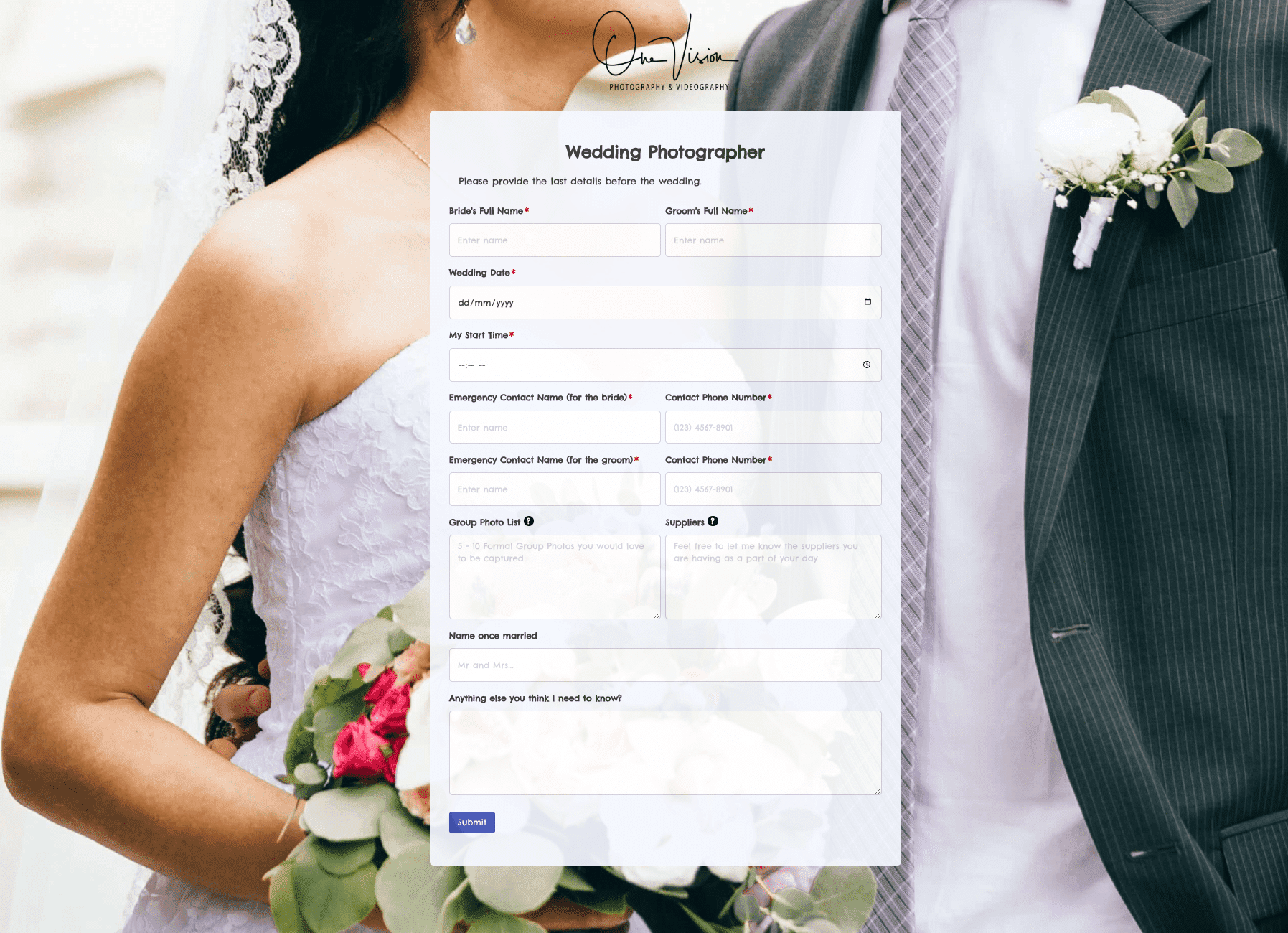 Wedding Photographer Form
Wedding Photographer Form
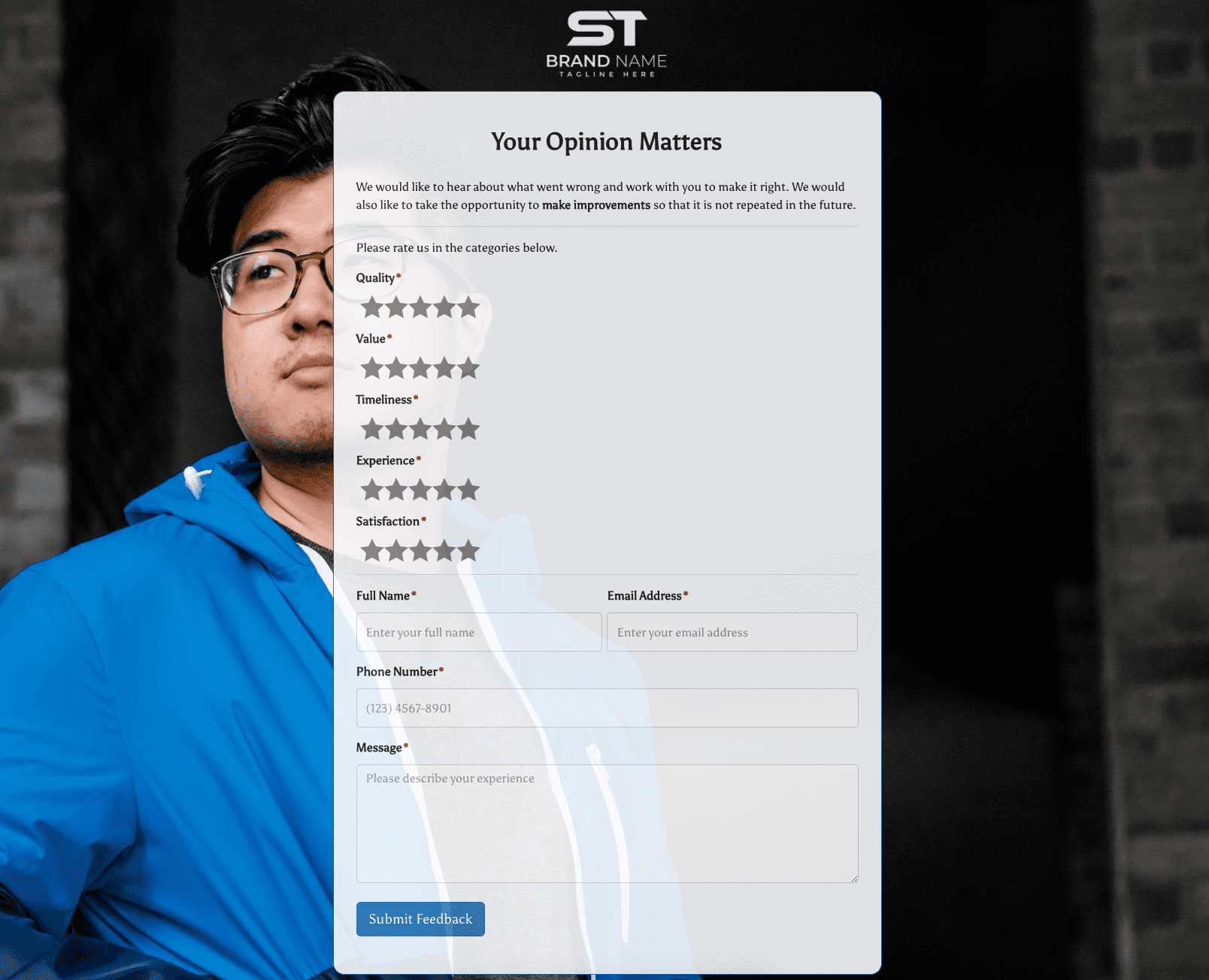 Your Opinion Matters Form
Your Opinion Matters Form


























.jpeg)


